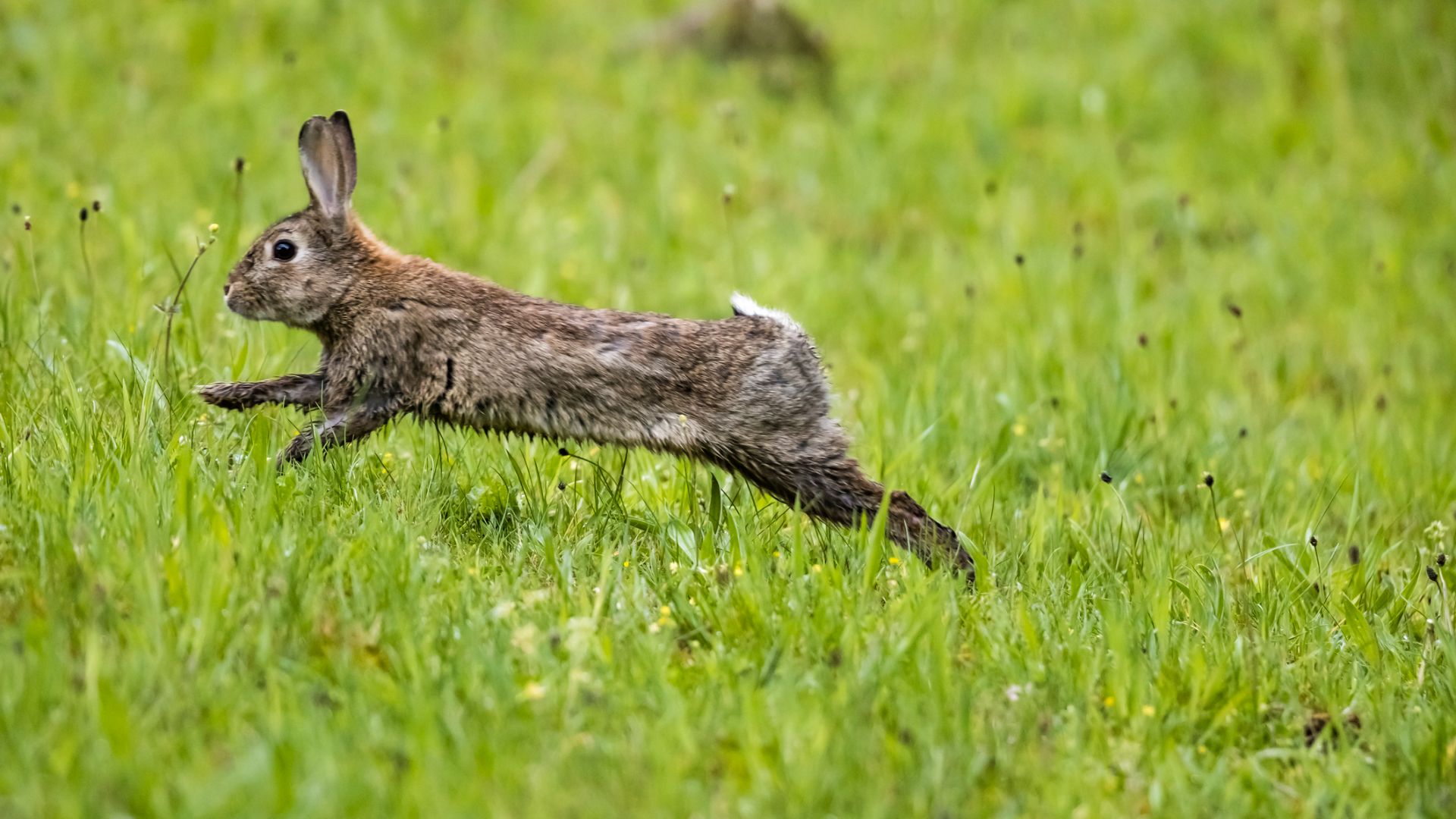
If you're wanting to find out as many facts about rabbits as you can, you're far from alone. Super soft and affectionate, bunnies remain one of our all-time favorite pets, and yet they're also one of the most misunderstood animals — which is why getting to know them better is so important.
Whether you're in the throes of figuring out how to care for a house rabbit or you're simply curious about these social and gentle little creatures, you'll find a ton of helpful information below.
For example, did you know that rabbits are unhappy living alone? We didn't! That's why investing in one of the best indoor rabbit hutches (or an outdoor equivalent) with plenty of space for at least two bunnies, is so important.
Keep reading for more fun facts about rabbits that may just surprise you....
32 facts about rabbits that might surprise you
1. Rabbits are not rodents
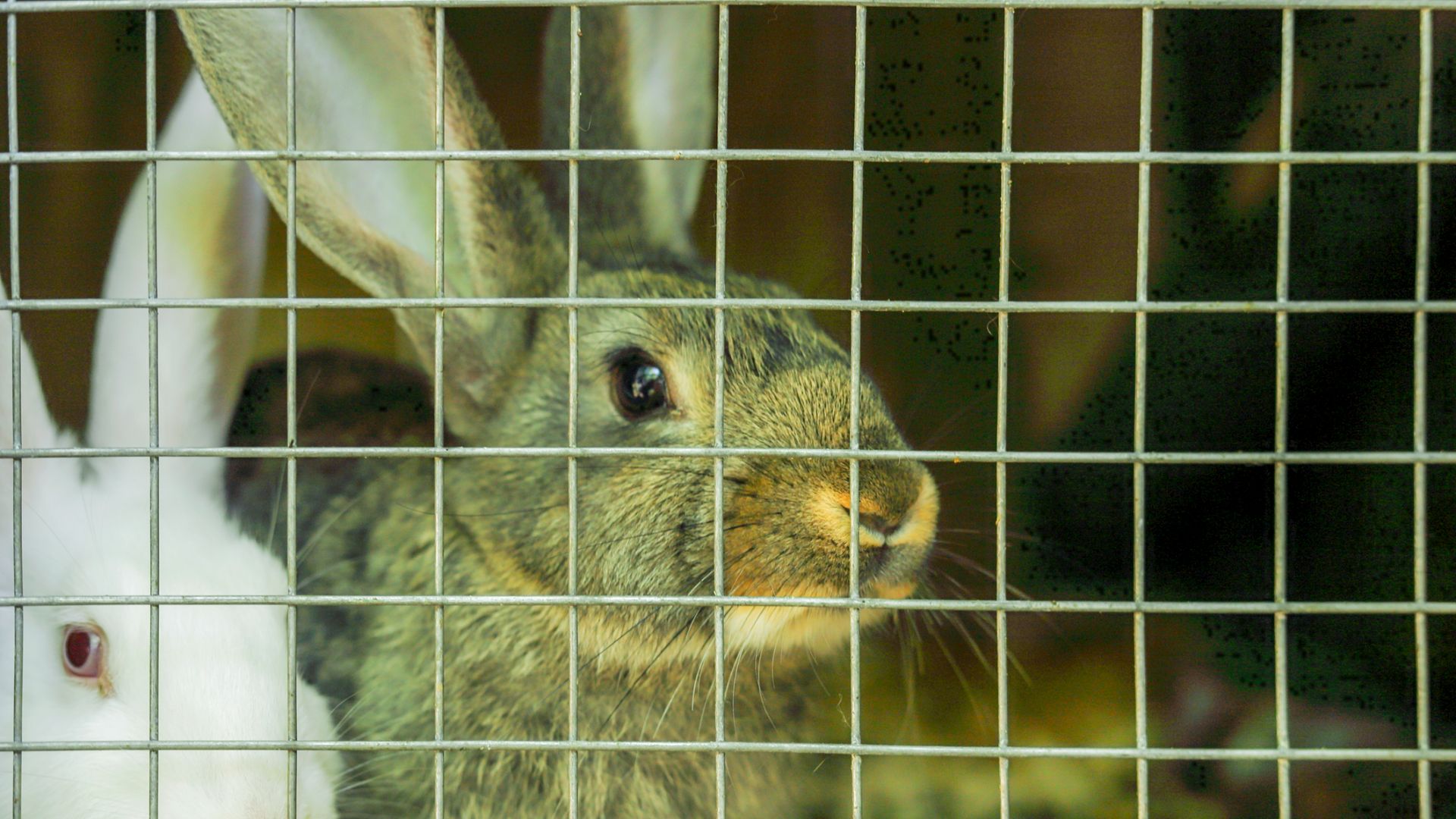
Many people believe that rabbits are rodents, and there are certainly some similarities between rabbits and some rodents, but in fact rabbits are not rodents. Rabbits are lagomorphs and belong in the same family as hares and a small mammal called a Pika, that are found mainly in the mountains and deserts of Asia.
2. Baby rabbits have a name
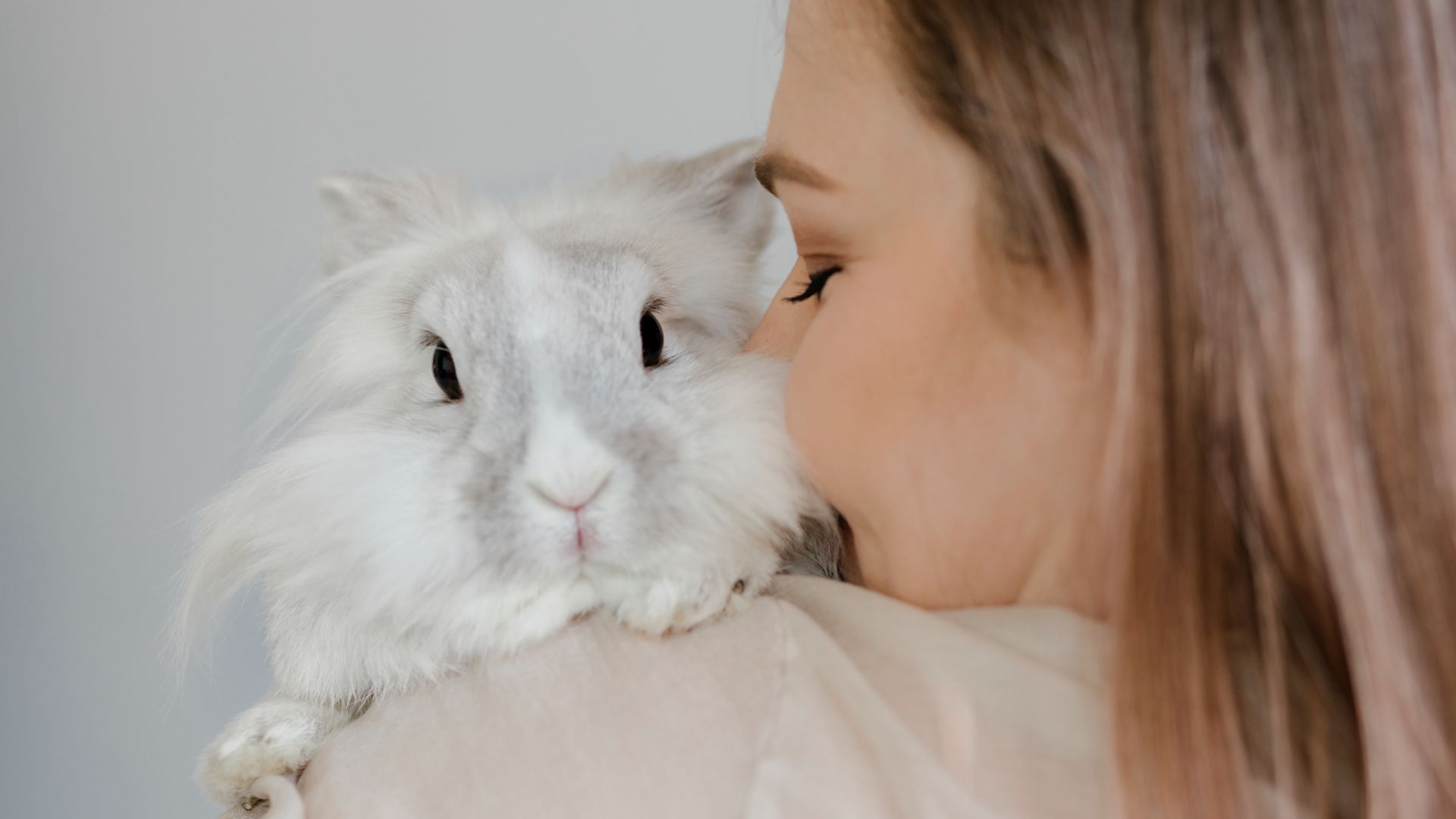
Have you ever wondered what baby rabbits are called? Well, baby rabbits are in fact called kittens or kits. Baby rabbits are born blind, deaf, and totally bald, and are totally defenseless. Male rabbits are called bucks and female rabbits are called does.
3. Rabbits are unhappy living alone
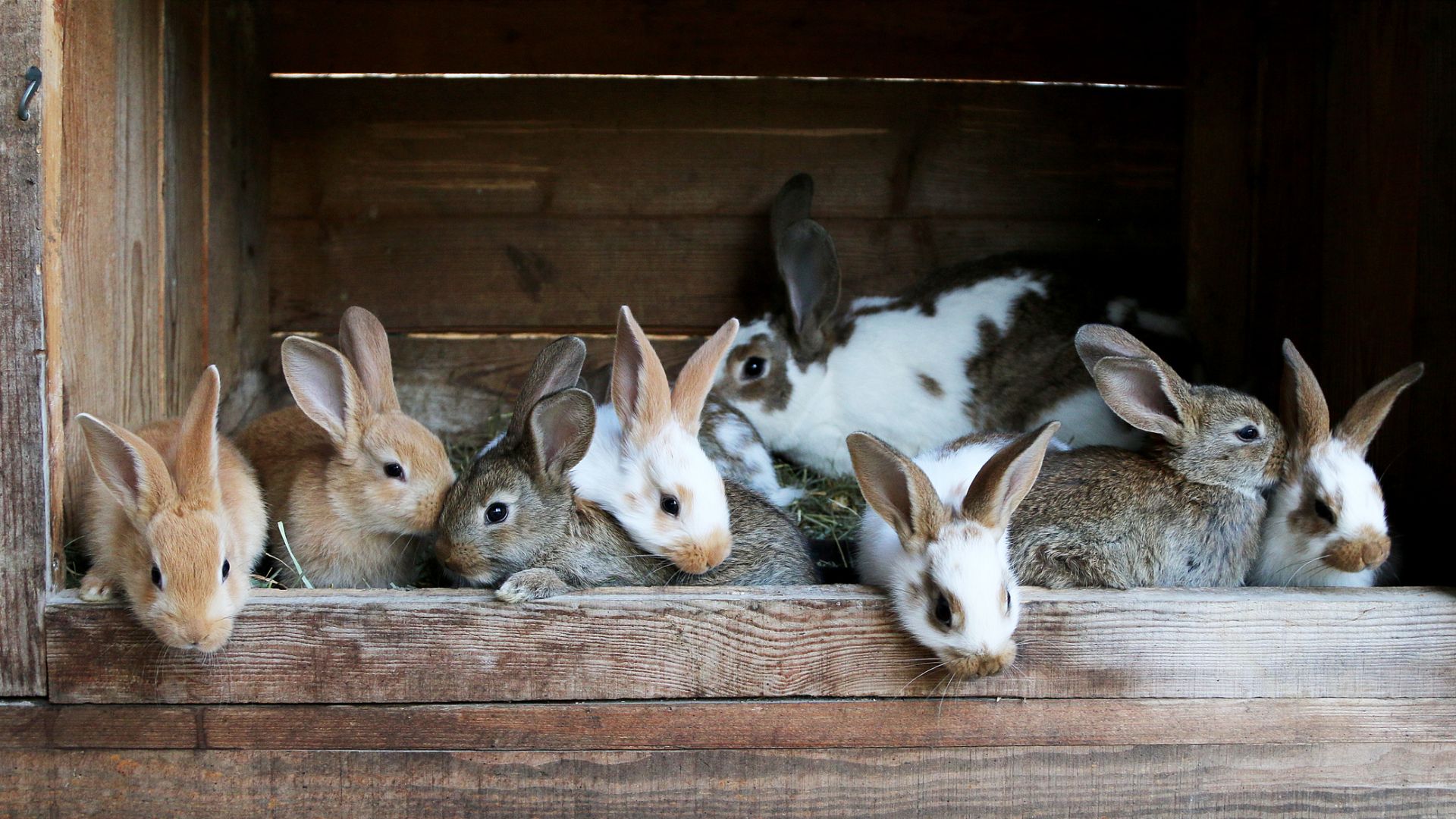
Rabbits are an incredibly social species, who thrive in the company of their own kind. In the wild, rabbits live in large family groups, with a defined hierarchy. However, it is not as simple as just putting two rabbits in together and hoping for the best, as they will almost certainly fight, often injuring each other seriously, and opposite sex rabbits will breed out of control.
Pet rabbits must be neutered, so they do not breed, but also so they can live happily with at least one other rabbit, without fighting. Introductions must be done carefully and slowly and if you are unsure how to do this, you will need to speak to a professional. Check out our guide to how to stop rabbits fighting for more on this.
4. Rabbits do talk...
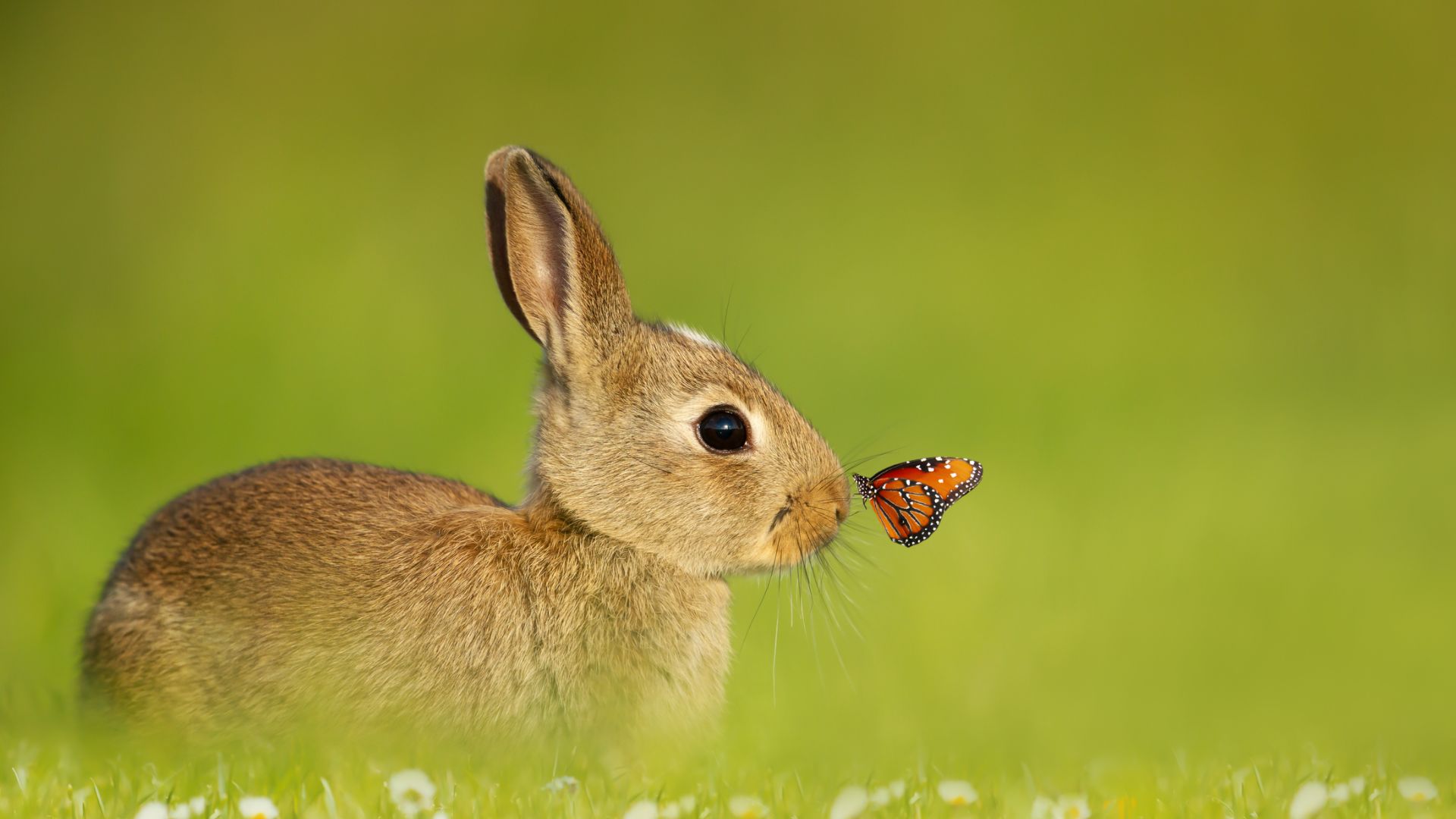
… but not how you may think. Rabbits use a wide variety of body language and behaviors, as well as some verbal sounds, to communicate with other rabbits, and people, letting them know how they feel, very much like dogs do. Whilst we are often familiar with how dogs communicate with us, many of us do not know what our rabbits are trying to tell us. Observing your rabbits (and their rabbit noises) closely will enable you to watch how they behave and what they are saying.
5. Rabbits need lots of space
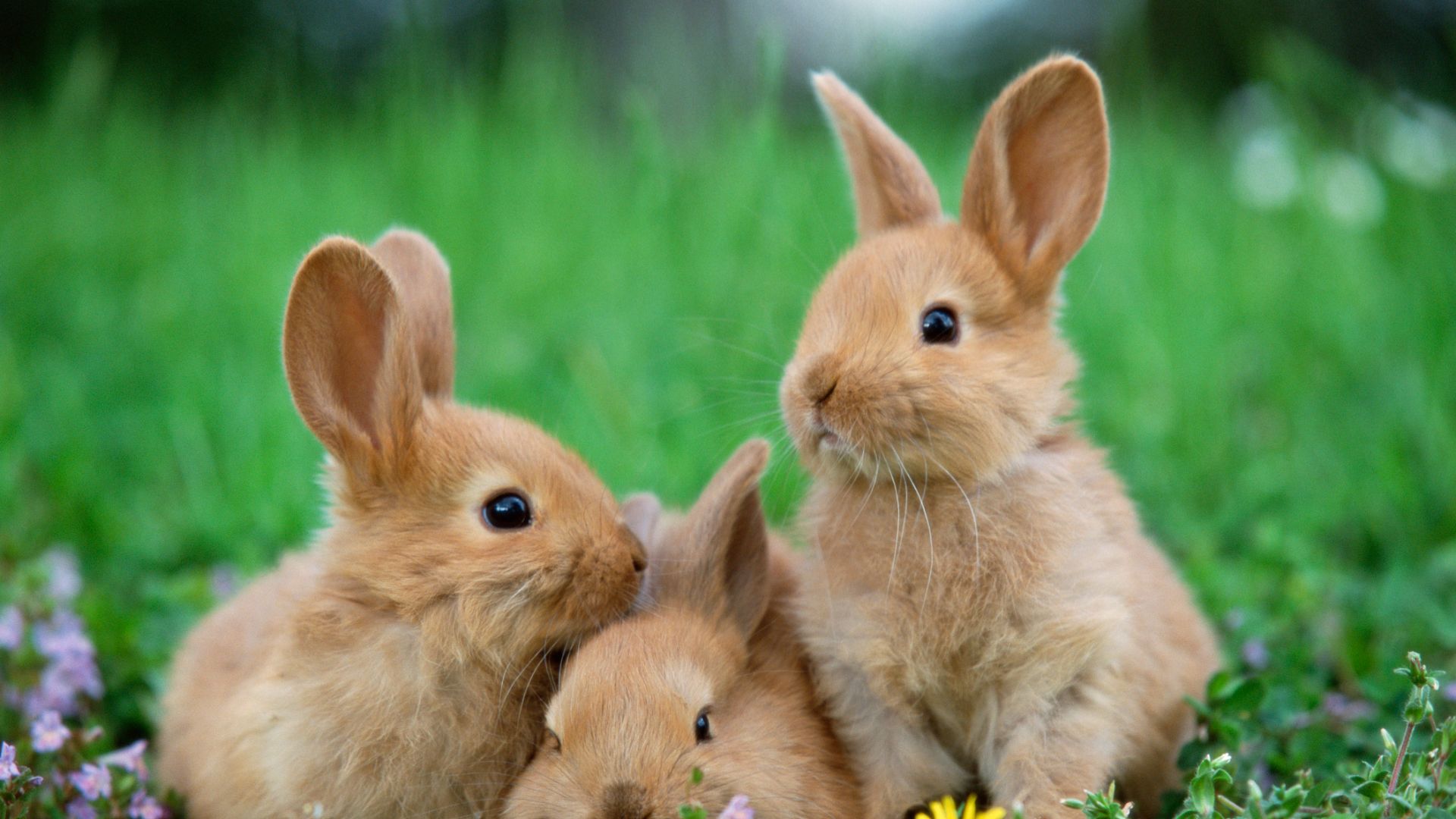
Rabbits are active and inquisitive animals. They need lots of space to enable them to exhibit normal behaviors. The Rabbit Welfare Association and Fund, based in the UK, specifies that a pair of rabbits need a minimum space of 3m x 2m with a height of 1m at all times, although the bigger the better. Rabbits must never be locked up in hutches, but these can form part of a much larger environment, with access to come and go 24/7 as they please.
6. Rabbits can live in the house
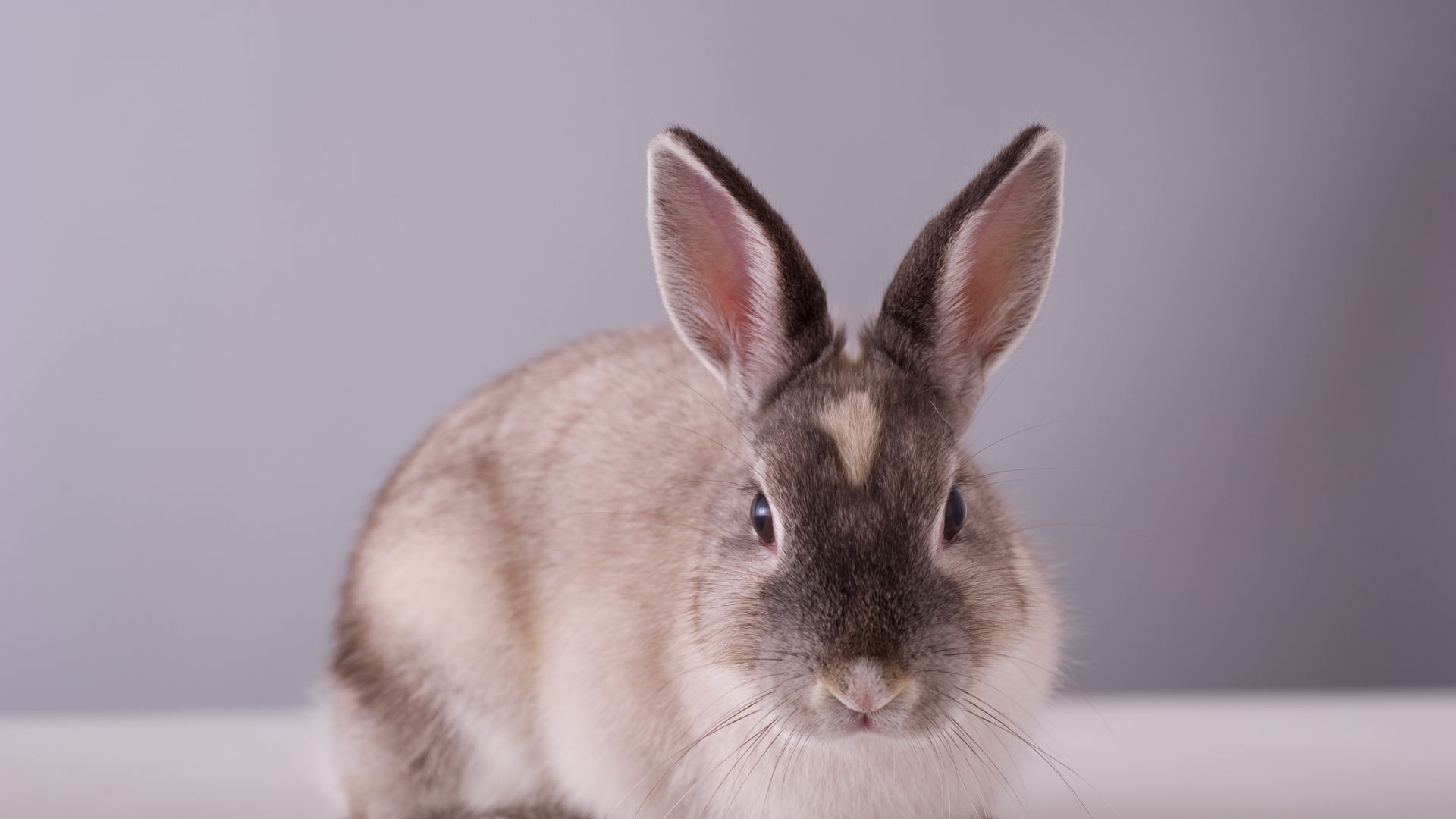
House rabbits are rabbits who live in the house, as you may expect a cat or dog to. However, rabbits can be destructive and you will need to know how to bunny-proof a room and keep your indoor rabbit safe, as well as protect your belongings. Even if you do have house rabbits, they still must have the company of another rabbit; human company is no substitute for that of another rabbit.
7. Their teeth never stop growing
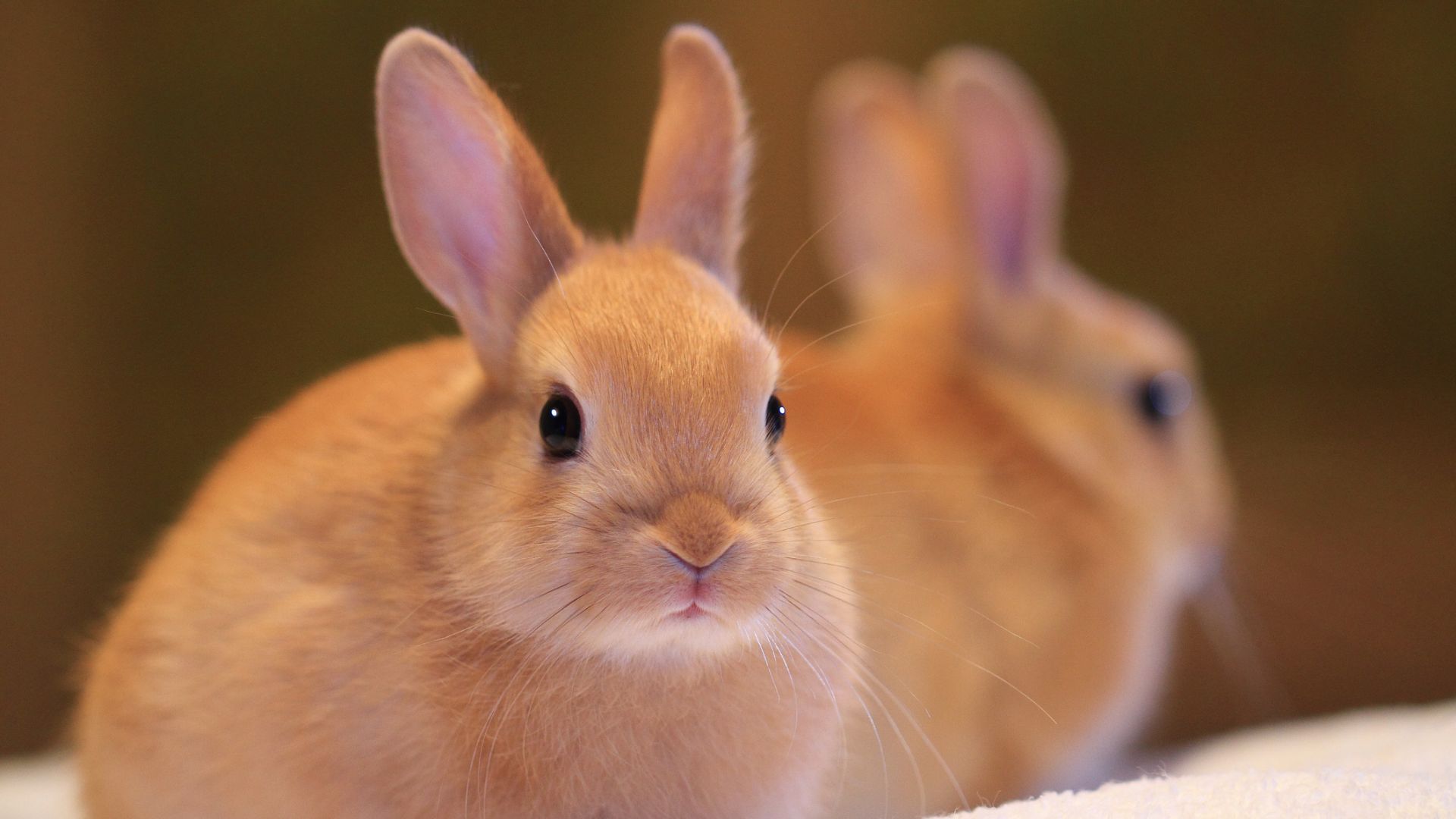
With many species, including humans, dogs and cats, two sets of teeth occur during life. The deciduous teeth (baby teeth) which then fall out and are replaced by the adult teeth. If these are damaged or diseased and fall out, they will not regrow. Rabbits’ teeth are termed as ‘open rooted’, so continue to grow all their life and in fact, their front teeth (incisors) grow 2-3mm per week, with the back teeth (molars) growing 2-3mm per month. They have 28 permanent teeth. The correct diet, consisting of lots of hay and grass to graze on, is imperative to make sure their teeth wear down correctly.
8. A rabbit’s diet should be 85-90% grass and hay
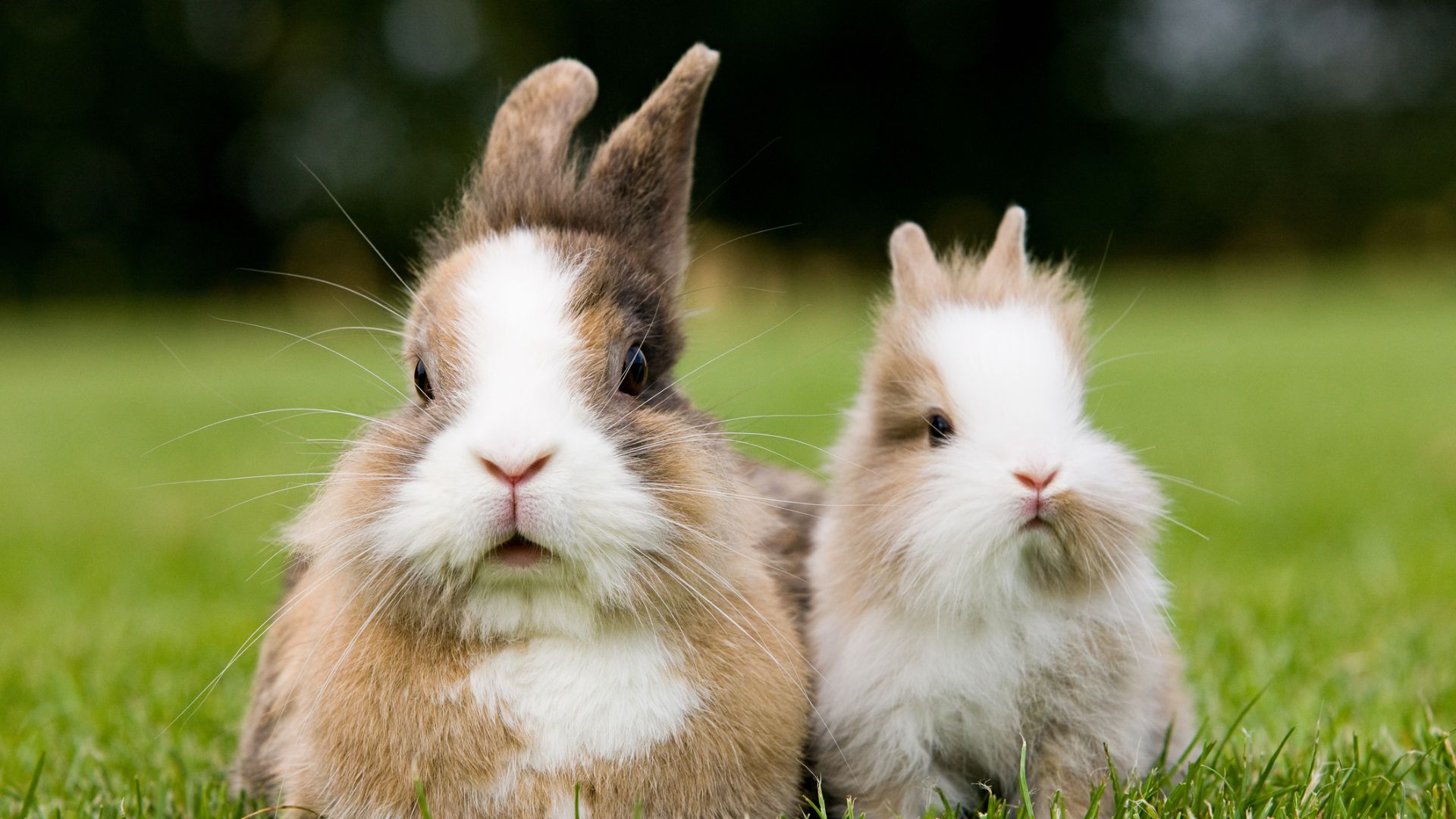
The vast majority (85-90%) of a rabbit’s diet must be made up of grass and hay. As rabbits’ teeth grow all the time, the chewing action that hay and grass requires helps to wear them down as well as keeping their digestive system moving. Their digestive system is similar to a horse. They require a high fiber diet, which is constantly moving through the digestive system, and eating lots if hay and grass will provide this.
9. Rescue centers are full of rabbits
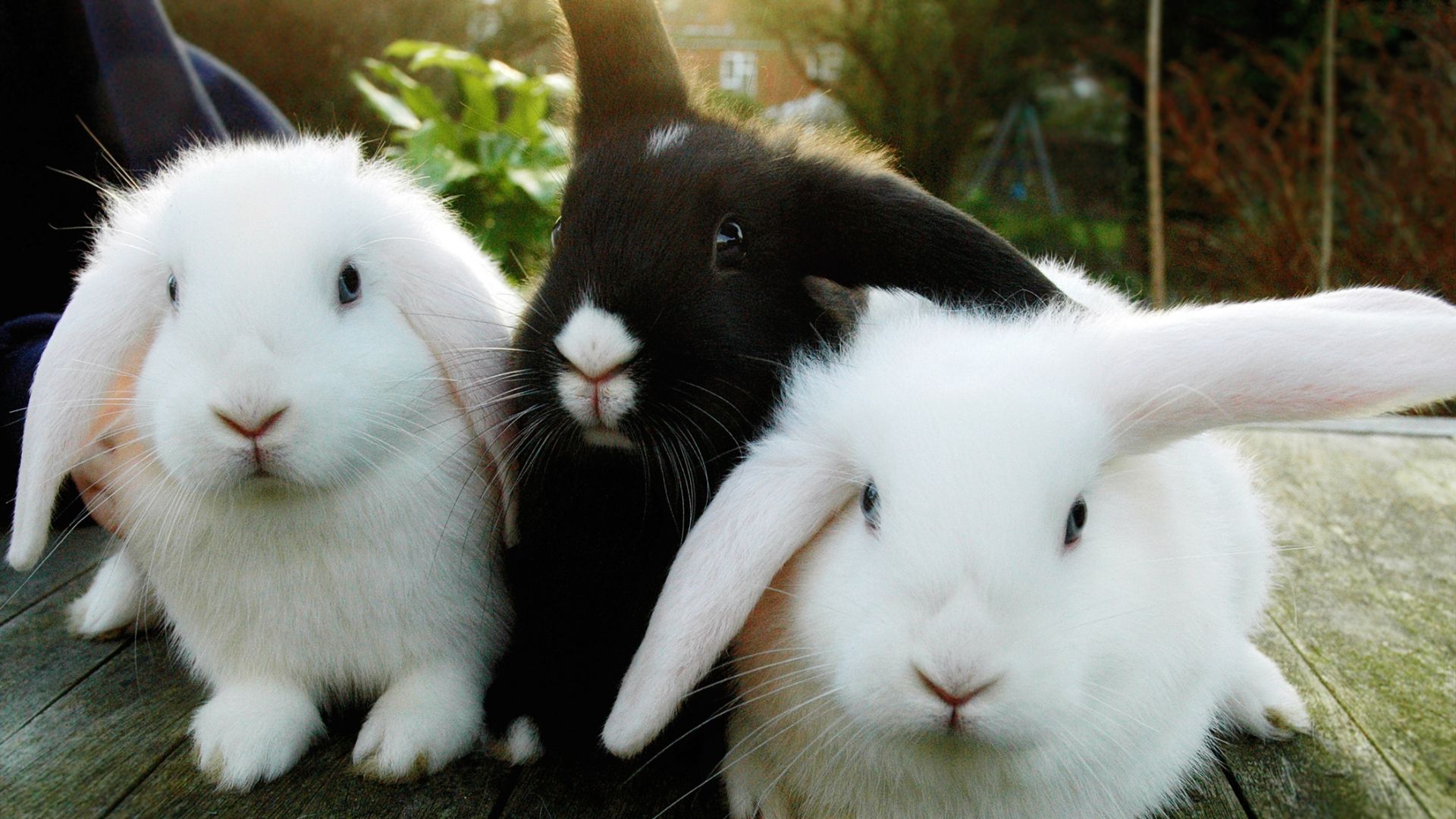
There are tens of thousands of rabbits in rescue centers; far more than there are currently good homes for. Many are handed into rescue because their owners do not understand their needs, or the owners’ personal circumstances change. If you are considering getting rabbits as part of your family, or have a single rabbit who is neutered, and you are looking for a companion for them, then contact your local rabbit rescue, who will be able to help and advise you on how to adopt a bunny.
10. Rabbits can live into their teens
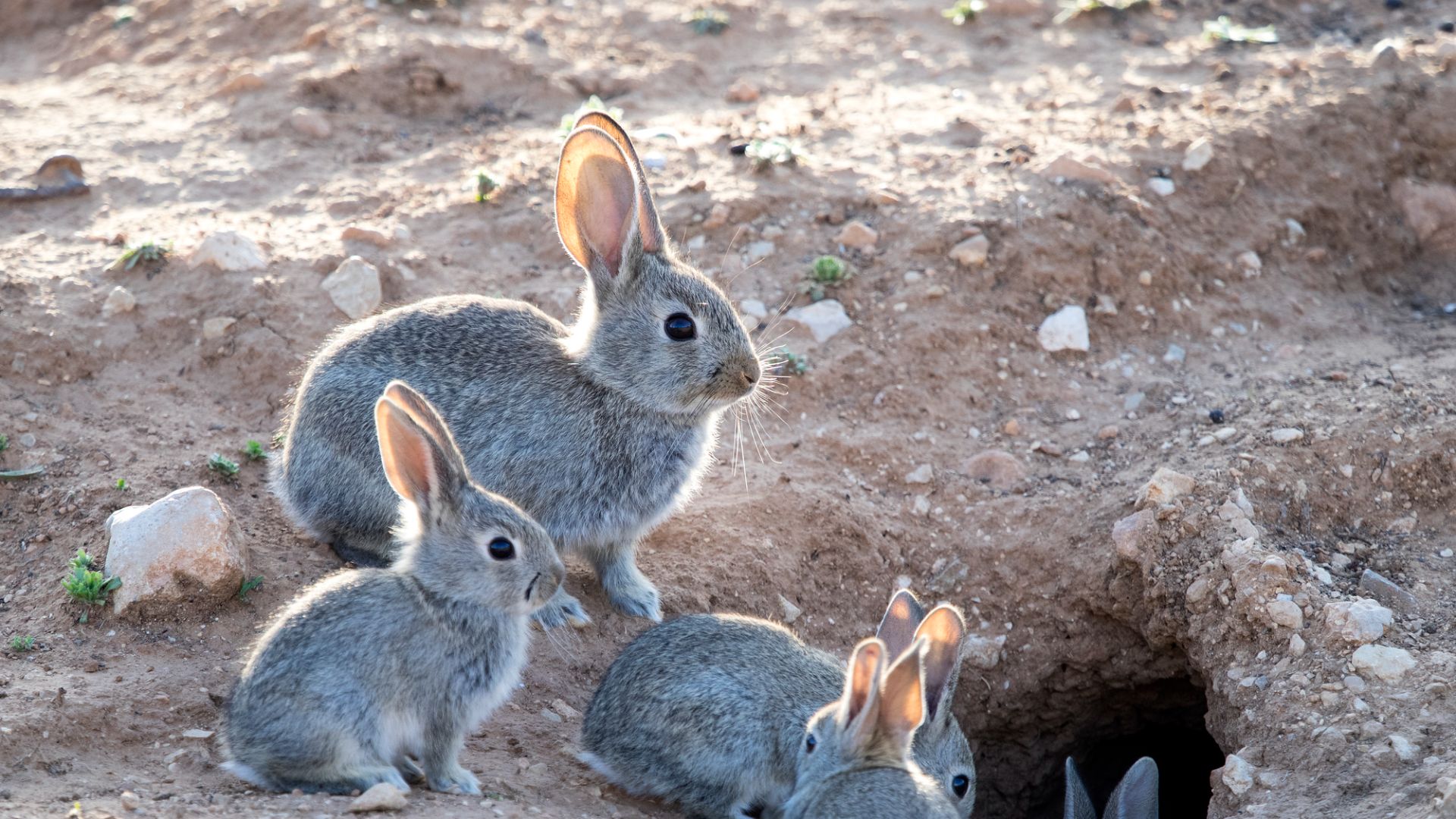
There have been massive advances in rabbit knowledge and care over the last few decades. The UK-based Rabbit Welfare Association and Fund, and US-based House Rabbit Society have been instrumental in educating owners and improving welfare for pet rabbits. Advances in diet, housing, and vet care have all meant that nowadays we often see rabbits reaching their teenage years, so when you decide to adopt rabbits as pets, you need to make sure you take this into account and prepare to take care of them for many years to come.
11. Rabbits are not cheap to keep

Rabbits have a reputation for being cheap to keep but this could not be further from the truth. Rabbits need a large outdoor enclosure, which is warm, dry, and predator proof. If you keep rabbits as house rabbits, they need to have a large, safe area. The weekly feeding costs of pellets, hay, and fresh food, preventative health care, unexpected vet bills, which are similar, if not more than dogs and cats, and other items, such as litter trays, pet carrier, insurance, and toys really mount up.
12. They binky to show happiness
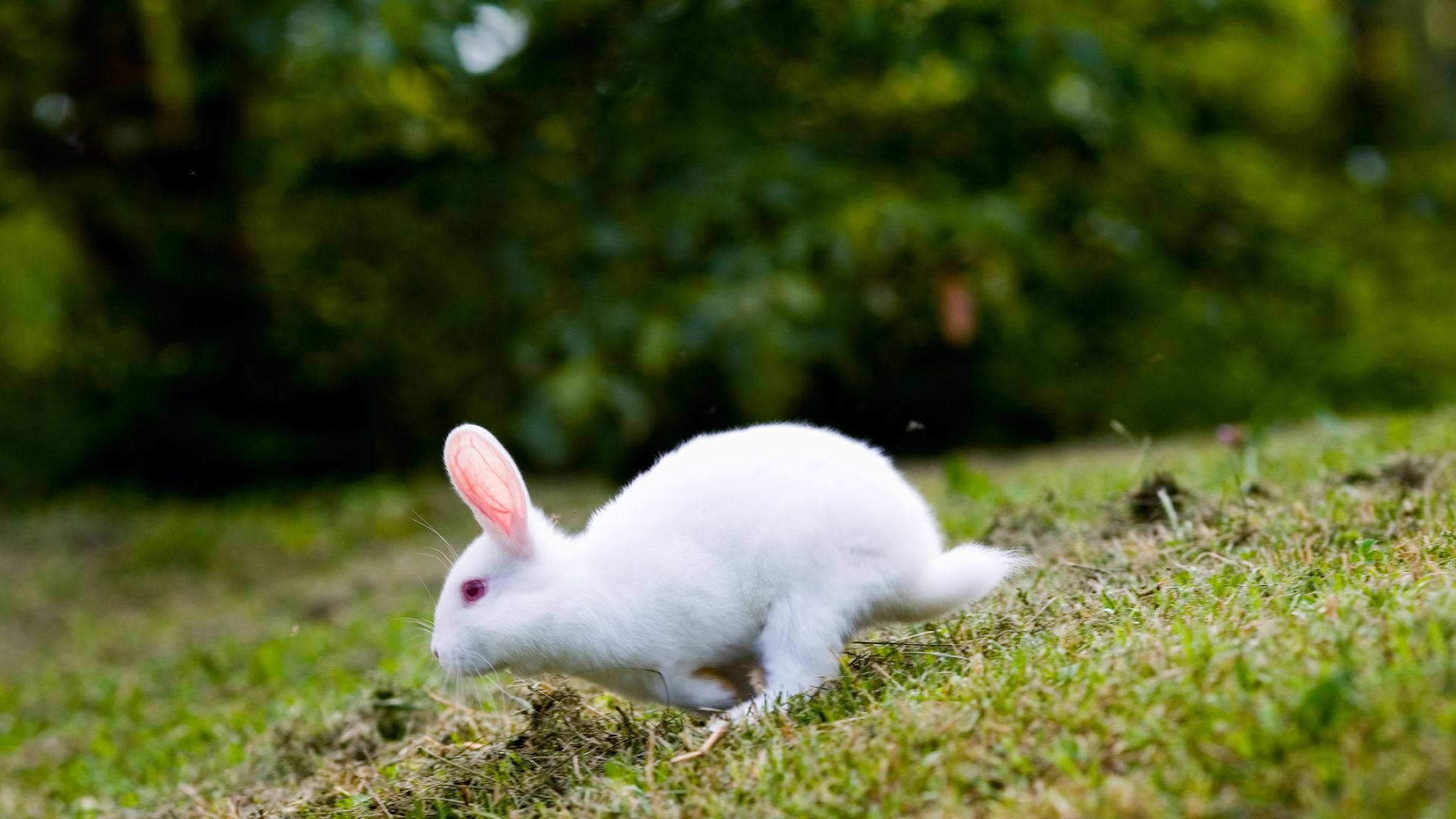
Have you ever heard of a binky? These are leaps in the air when rabbits will run around, leap high in the air, often flicking their back legs out, turning 180 degrees at full speed. Bunny binkies is how rabbits show they are happy and want to ‘let off steam’. Seeing your rabbit’s binky shows they feel safe and happy, and it is a joy to see.
13. Rabbits have an excellent field of vision
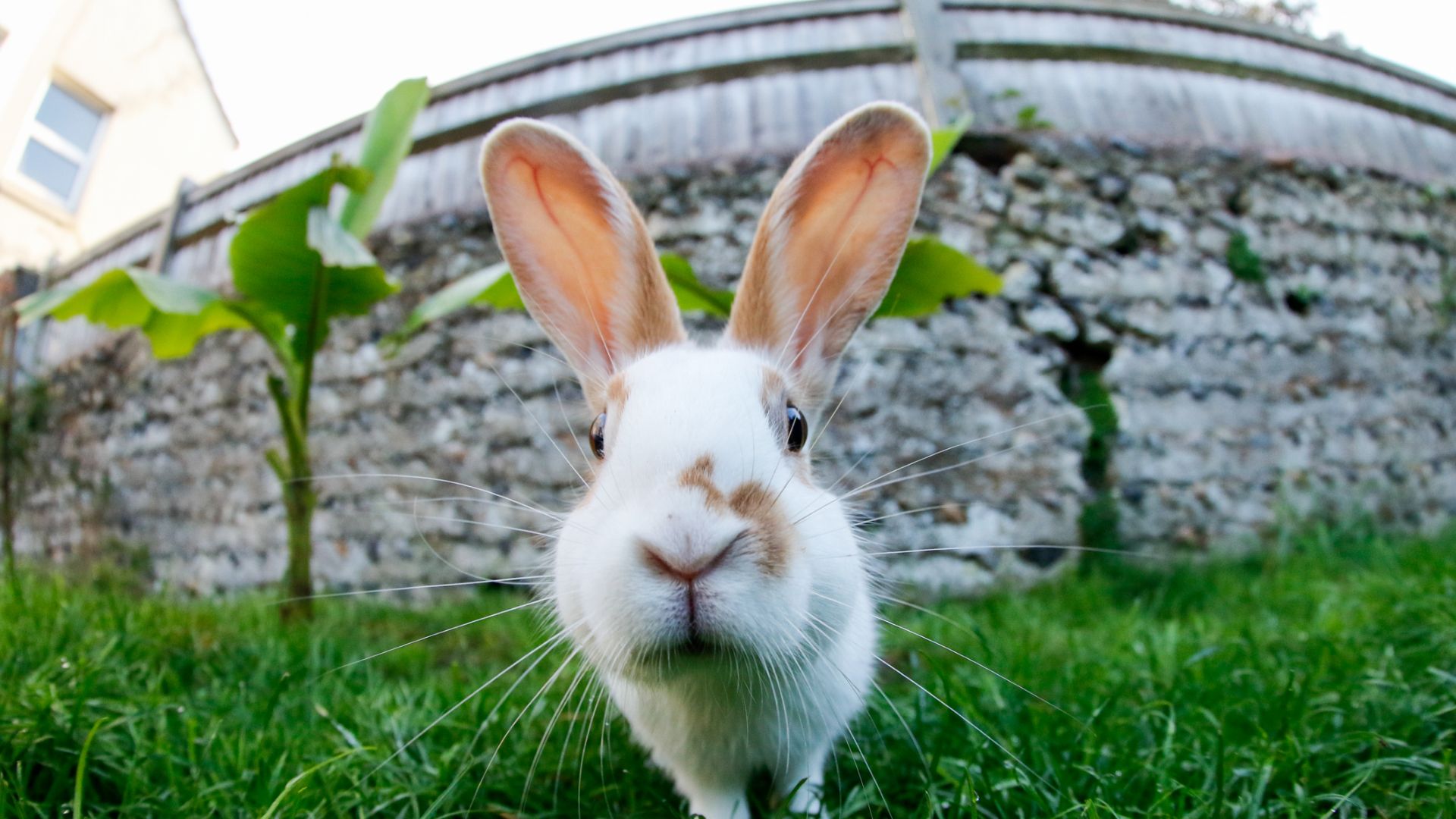
Rabbits are a prey species and their senses are highly tuned to be able to spot danger at the earliest opportunity. Rabbits’ eyes are on the side of their head, giving then a near 360-degree field of vision. However, they do have two blind spots: one right in front of their nose and the other right behind their head.
If you place a treat right in front of your rabbit’s nose, they will not be able to see it; it is far better to place it to the side of them slightly, so they can see it and take it from you.
14. Routine vaccination is essential
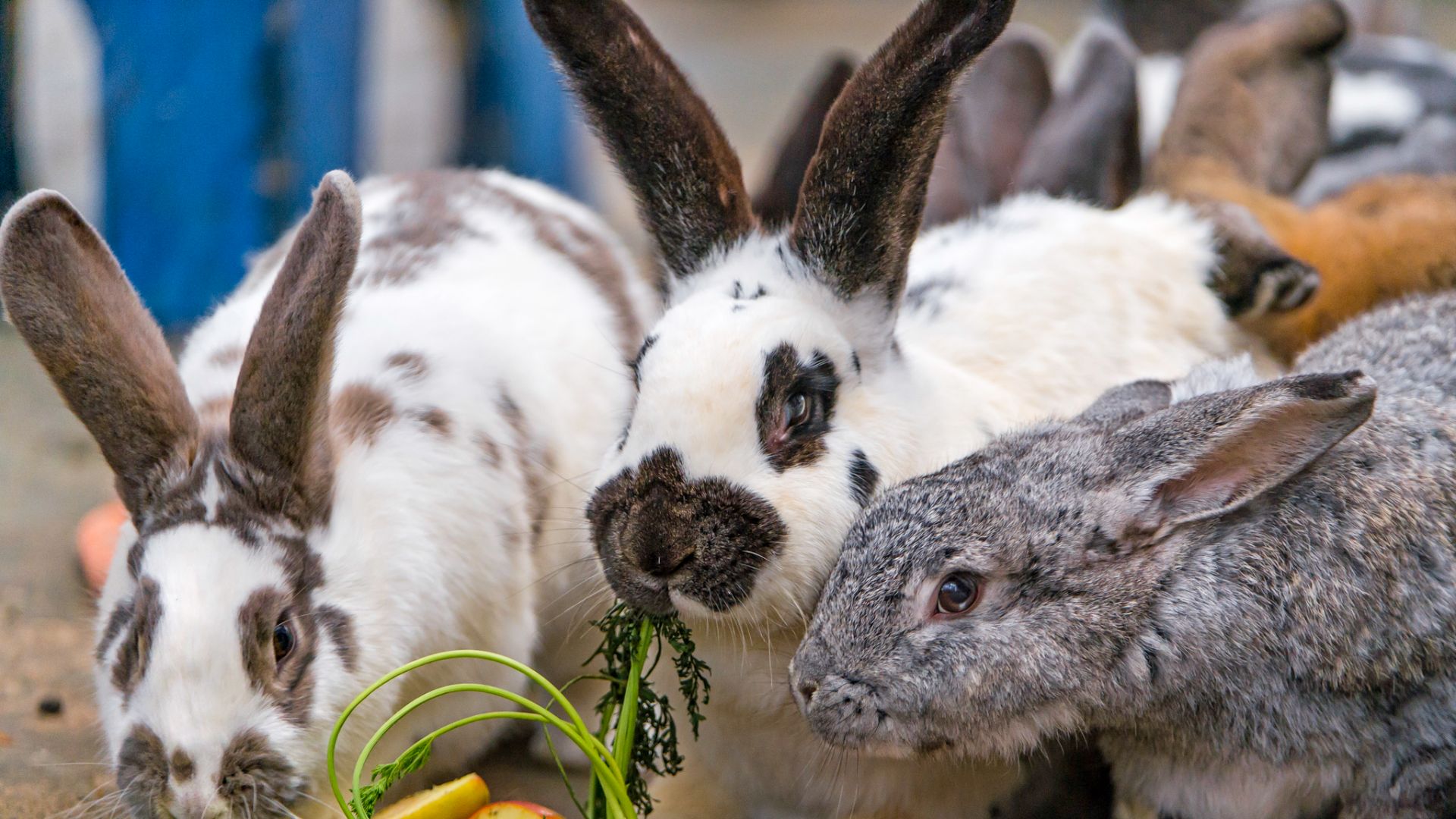
Just like dogs and cats, rabbits need regular veterinary checks and vaccinations in order to stay healthy. There are some serious and fatal viral diseases which pose a serious threat to your rabbits, even if they are house rabbits. Discuss with your vet what vaccinations your rabbit requires and make sure you keep up-to-date with their booster vaccines – immunity will not last forever.
15. Rabbits spend most of their time eating
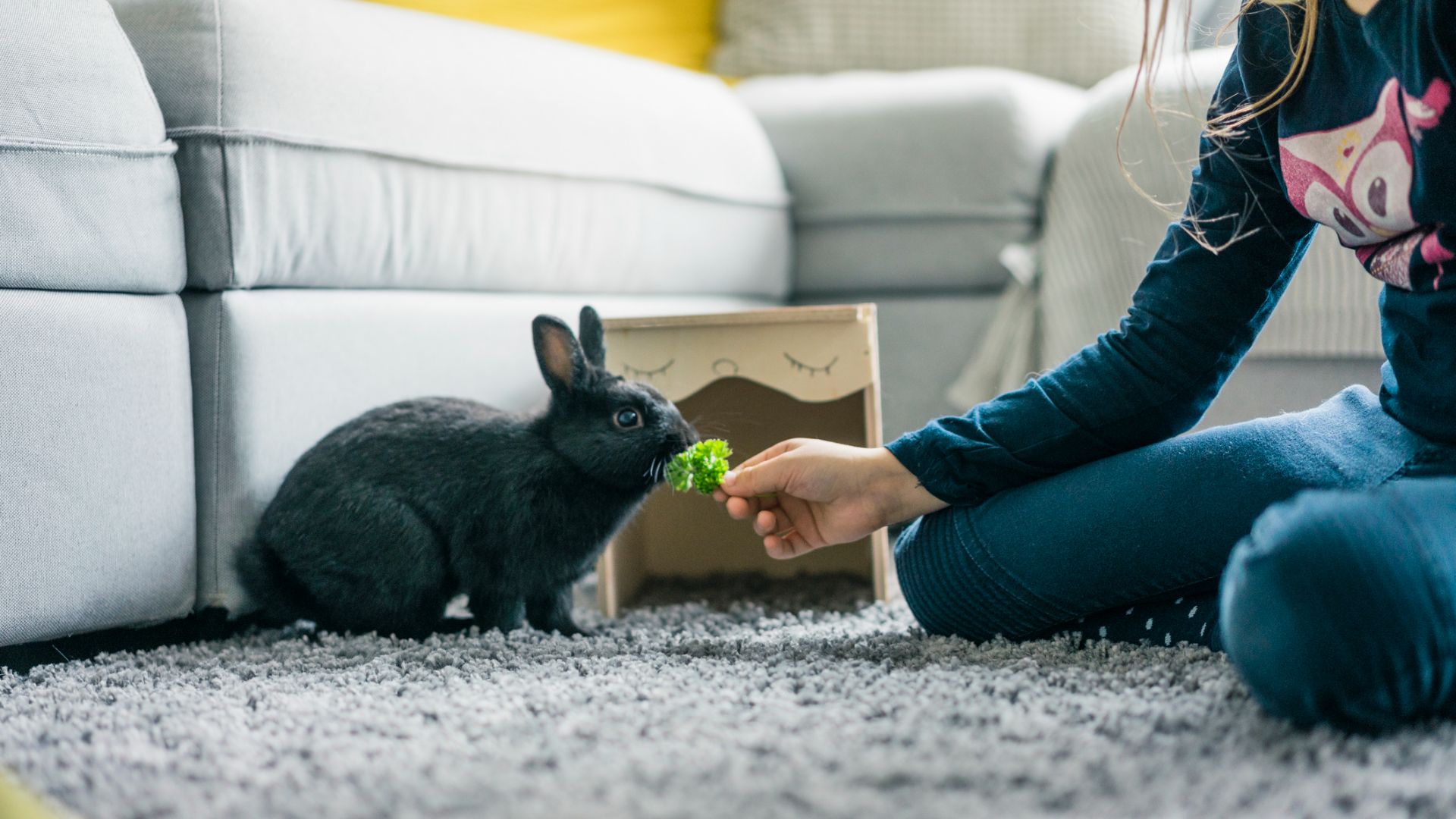
Rabbits spend between 6-8 hours each day eating, and have a chewing action of around 120 times per minute. That is a lot of eating and chewing! We have already seen that rabbits need lots of hay and grass to eat to help ensure their teeth wear down and their digestive system stays healthy, but all the eating and chewing that rabbits undertake, when eating hay and grass, also helps prevent boredom, and chewing on inappropriate items, such as those within their enclosure or your house.
16. Rabbits can move their ears independently
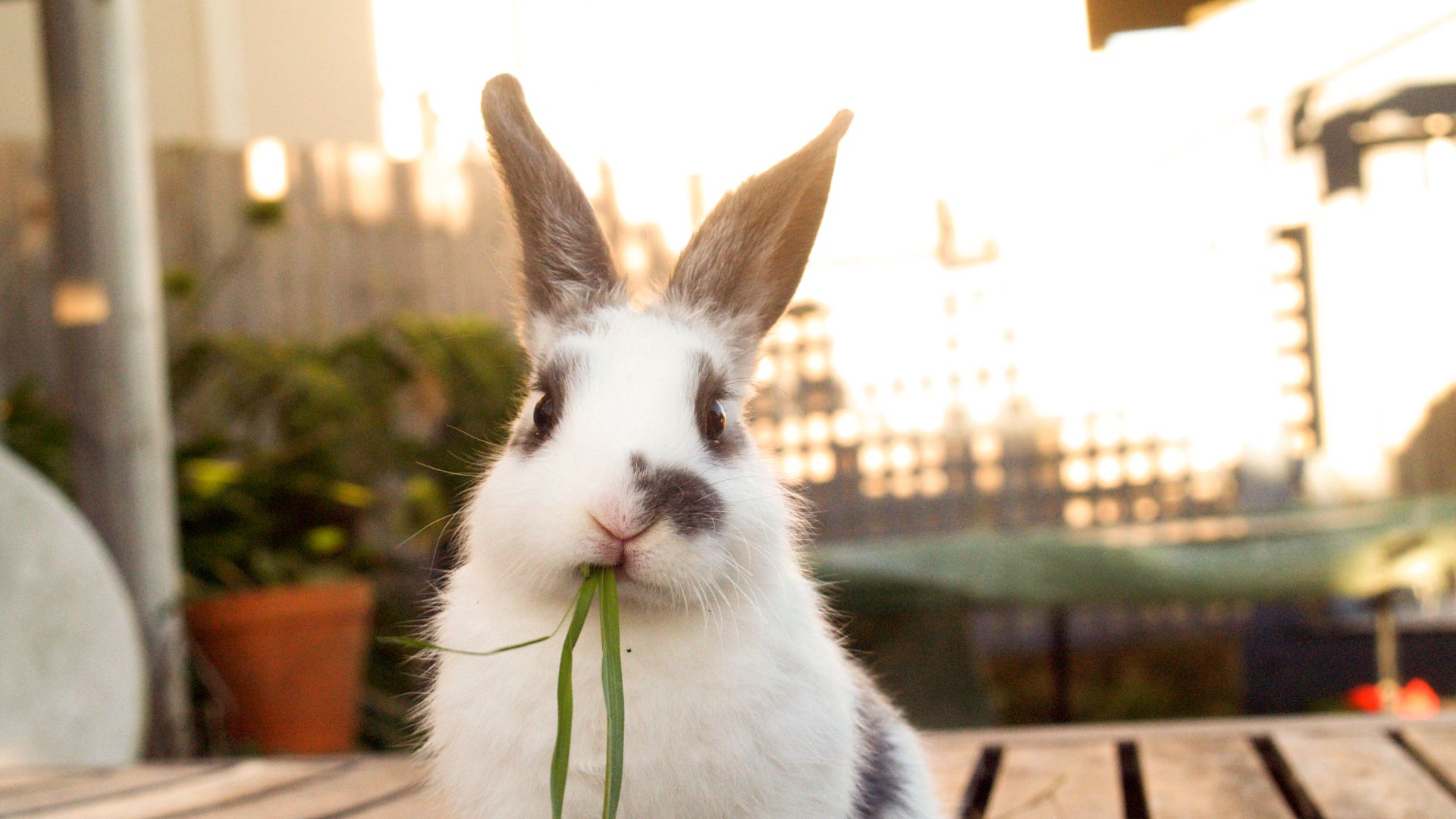
Their ears can move independently of each other, which enables them to pick up sounds from different directions at the same time. This is very useful for a prey animal, as they need to be aware of potential dangers at the earliest opportunity, to give them the best chance of escape.
Rabbits with lop ears can still move their ears, but not as much as rabbits whose ears point upwards. Lop eared rabbits also have some hearing impairment, and as they do not hear sounds so well, they can be startled more easily.
17. You can litter train rabbits
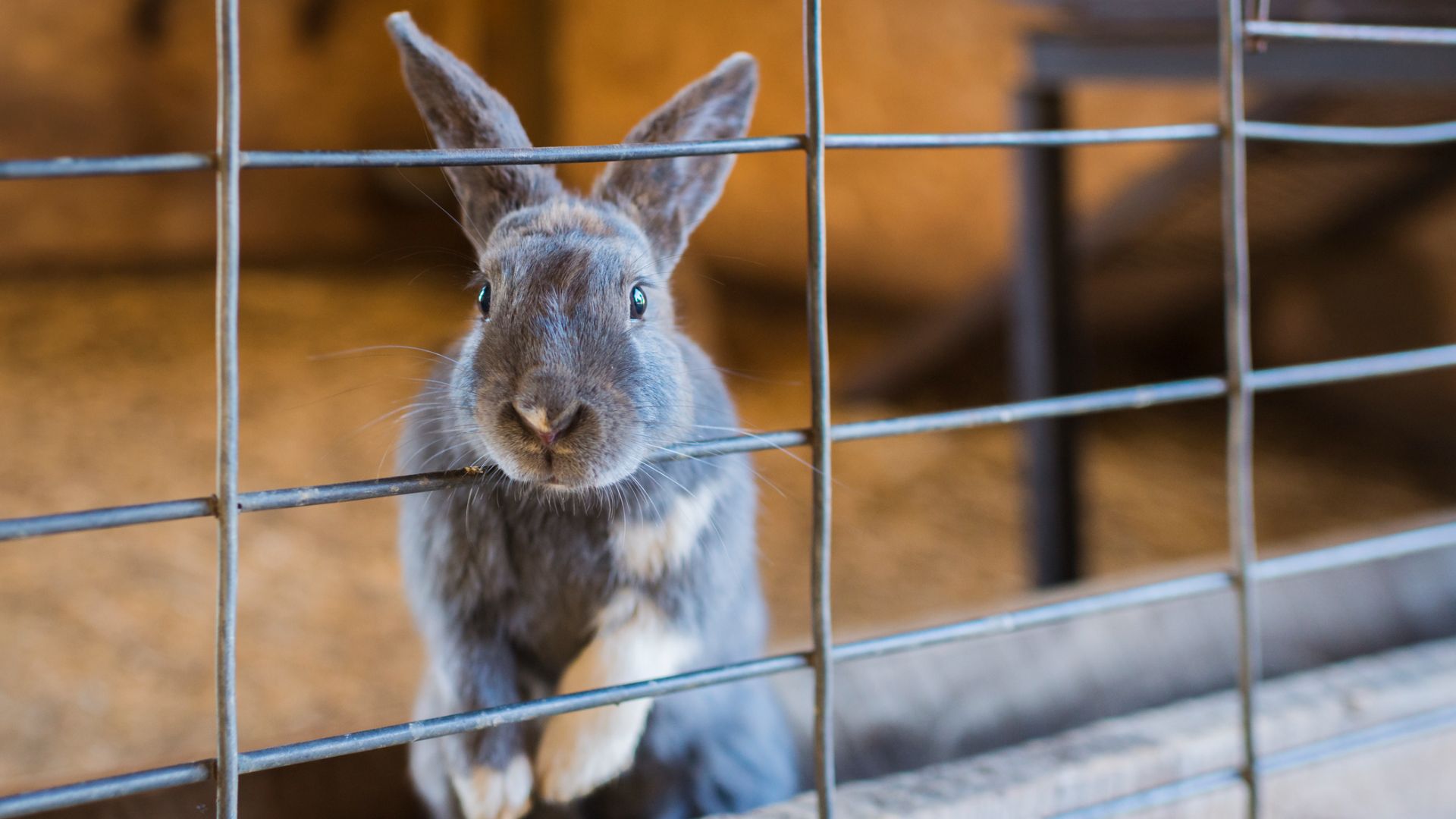
Rabbits are clean animals and will readily use a litter tray for urination and to deposit their droppings. However, baby rabbits and those not neutered may not fully understand what a litter tray is and even rabbits who reliably use one may still leave the odd dropping outside of the litter tray. Rabbits who use litter trays and then suddenly start to pass urine or leave more droppings outside of the tray, may be suffering from a medical problem, so it is important to take your rabbit to see your vet as soon as possible. For advice on how to select litters trays for your rabbits, take a look at our guide to how to litter box train a rabbit.
18. They eat their droppings
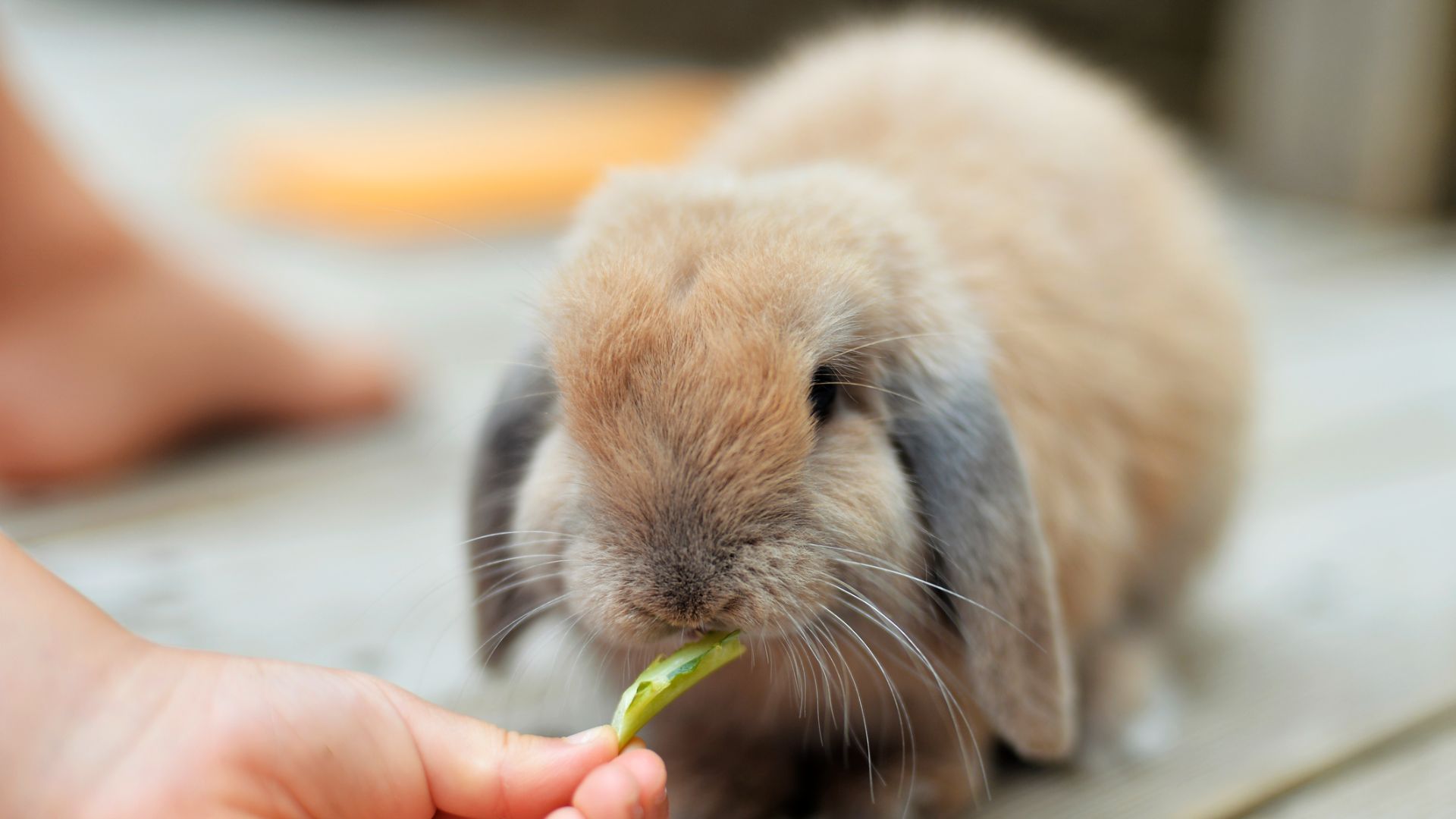
Although not all of them! Rabbits produce two types of droppings; their hard fecal pellets are the waste products, and healthy rabbits will produce 200-300+ of these spherical droppings each day. They do not eat these droppings but do eat the smaller, softer ones, which look like little blackberries. These caecotrophs are full of nutrients and enable the rabbit to digest some of their food twice, getting maximum nutrients. The caecotrophs droppings are eaten directly from the rabbit’s bottom, as they are produced, so you should rarely see these and if you are seeing them often or seeing lots of them this can mean there is a problem with your rabbit’s diet or their health. In this case you should speak to your vet.
19. Rabbits enjoy clicker training
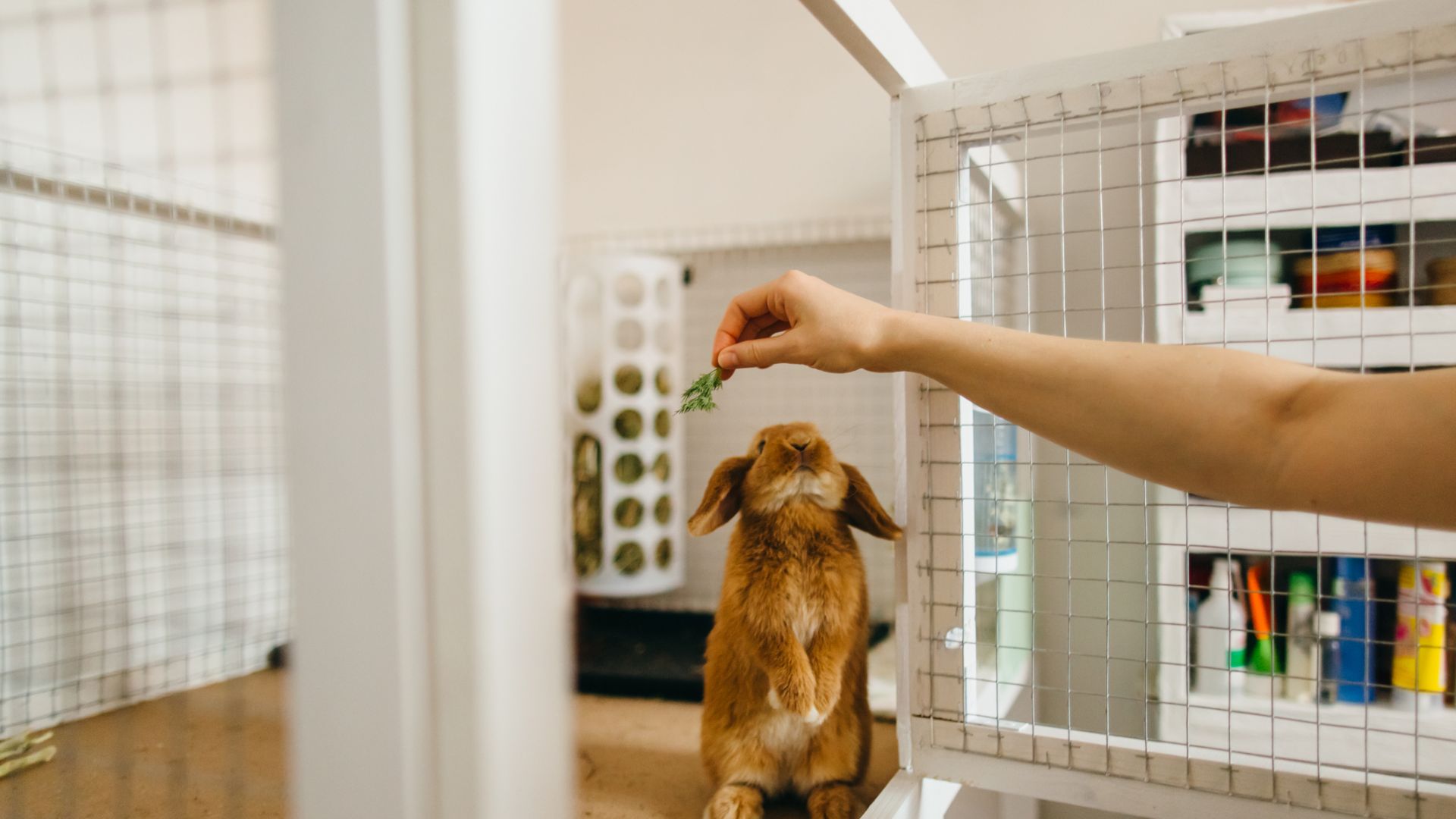
Rabbits are very intelligent and it is possible to clicker train them and train them to understand commands, such as ‘come’, ‘stay’, ‘touch’ etc. Clicker training is a fantastic, reward-based way to train your rabbits. You must never punish your rabbit as that will scare them. Be patient, be kind, and your rabbit will quickly understand what you are trying to get them to do.
20. Many hate to be picked up
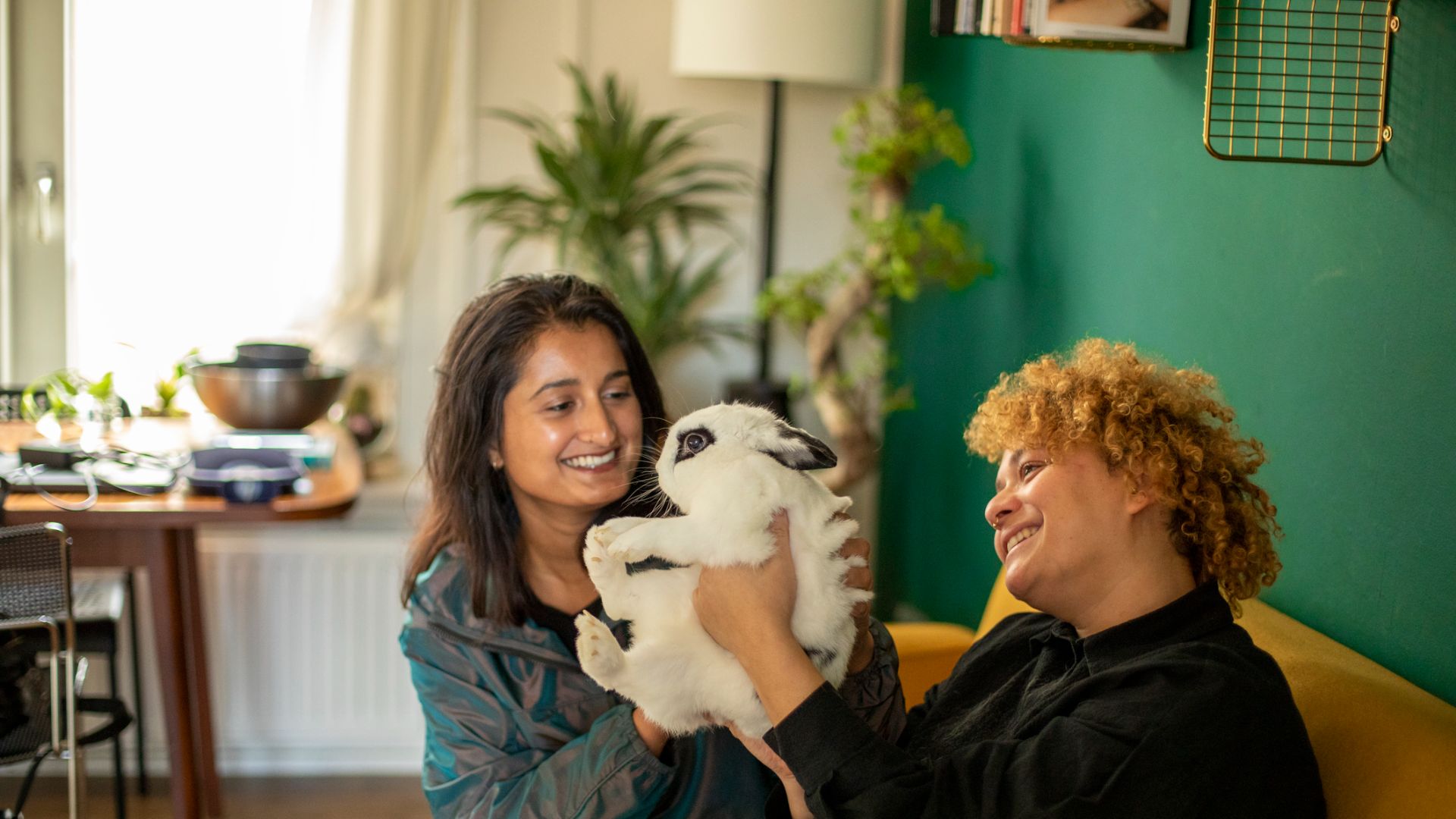
Rabbits like to have all four feet firmly on the ground at all times. The vast majority of rabbits do not like being picked up, and if you think about it, you can understand why. In the wild, rabbits only get ‘picked up’ when they have been captured by one of the many predators that prey upon rabbits. Although pet rabbits are not wild, they do retain many of their wild instincts and being picked up by a person is the same to a pet rabbit as being picked up by a predator is for a wild rabbit. Only handle your rabbit when necessary for health checking, medicating, or when grooming with one of the best rabbit brushes.
21. Hold off the carrots
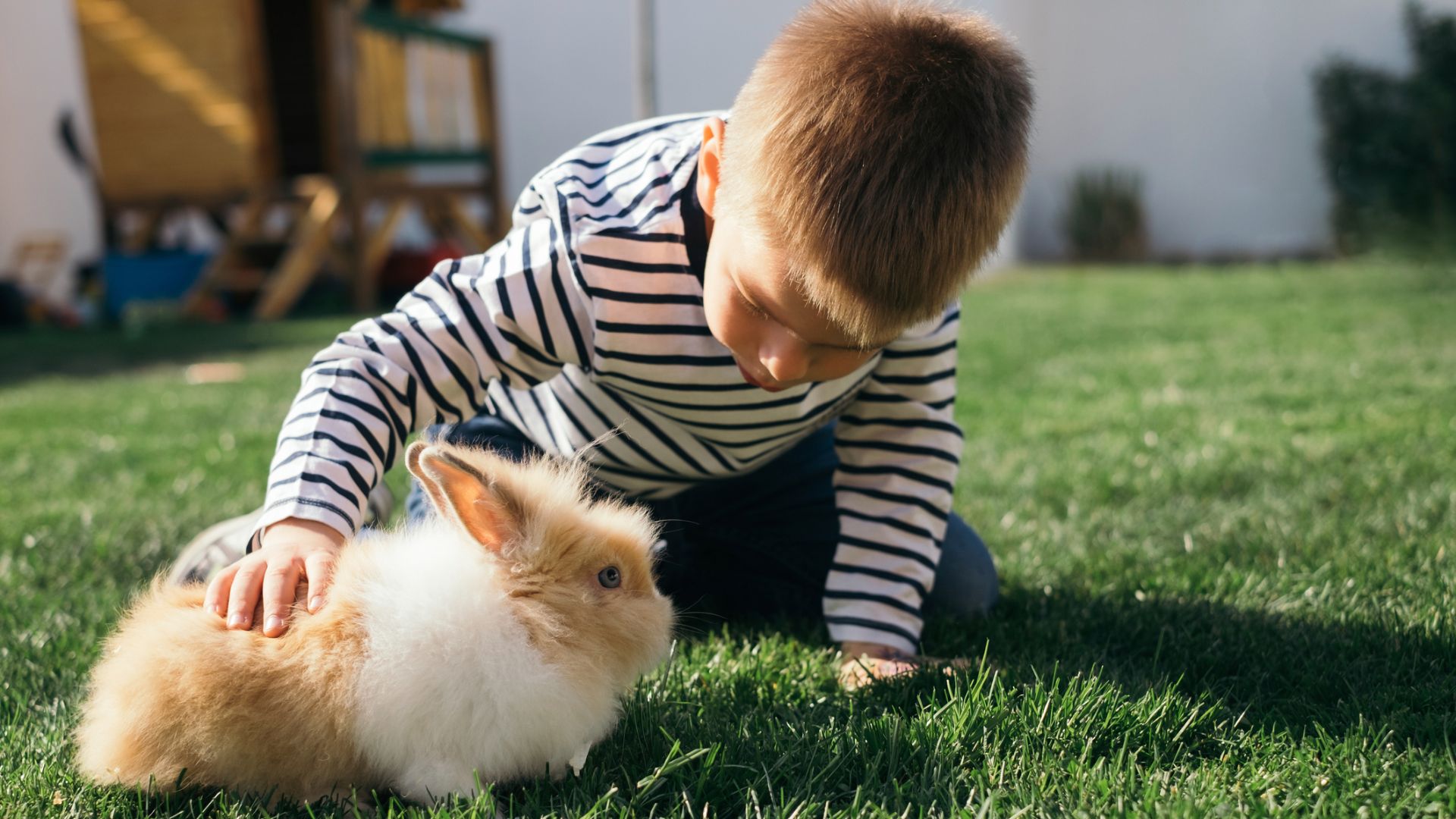
Everyone is aware of the association of feeding rabbits carrots, but carrots are not healthy for rabbits. Carrots are high in sugar, something rabbits cannot easily digest and too much sugar in the diet can not only lead to weight gain, but can seriously upset their sensitive digestive system. A small piece of carrot (no bigger than an inch in size), can be fed as a very occasional treat, but should not be fed regularly, in larger quantities, or as a staple part of their diet. Instead, look to feed healthy fresh foods: herbs (parsley, coriander, mint, basil), greens, broccoli and check out these five dos and don’ts of feeding rabbits correctly.
22. Pet rabbits will die in the wild
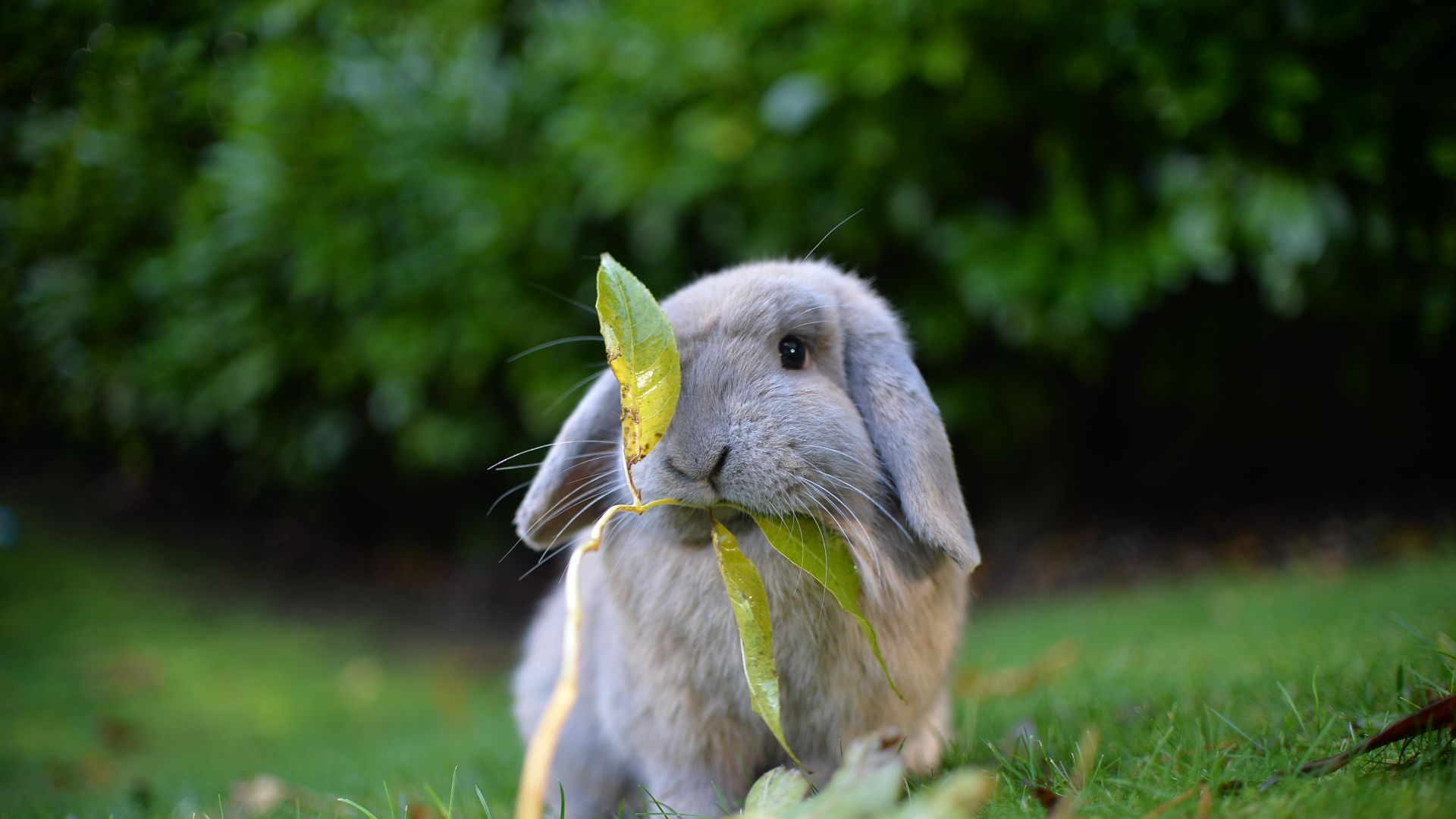
Although pet rabbits do share many of their wild counterparts’ behaviors, as we have already seen that they do not like being picked up, pet rabbits will not survive in the wild, so must never be released or let loose. Pet rabbits are not able to dig out sufficient warrens to live in, do not have access to family groups for protection and company, are not able to source enough food to live off, and many, particularly those breeds who do not resemble wild rabbits, are easily picked off by predators, as they are so visible. Never release pet rabbits into the wild. If you really cannot look after your rabbits any longer, contact a rescue center to see if they are able to assist you.
23. They cannot vomit
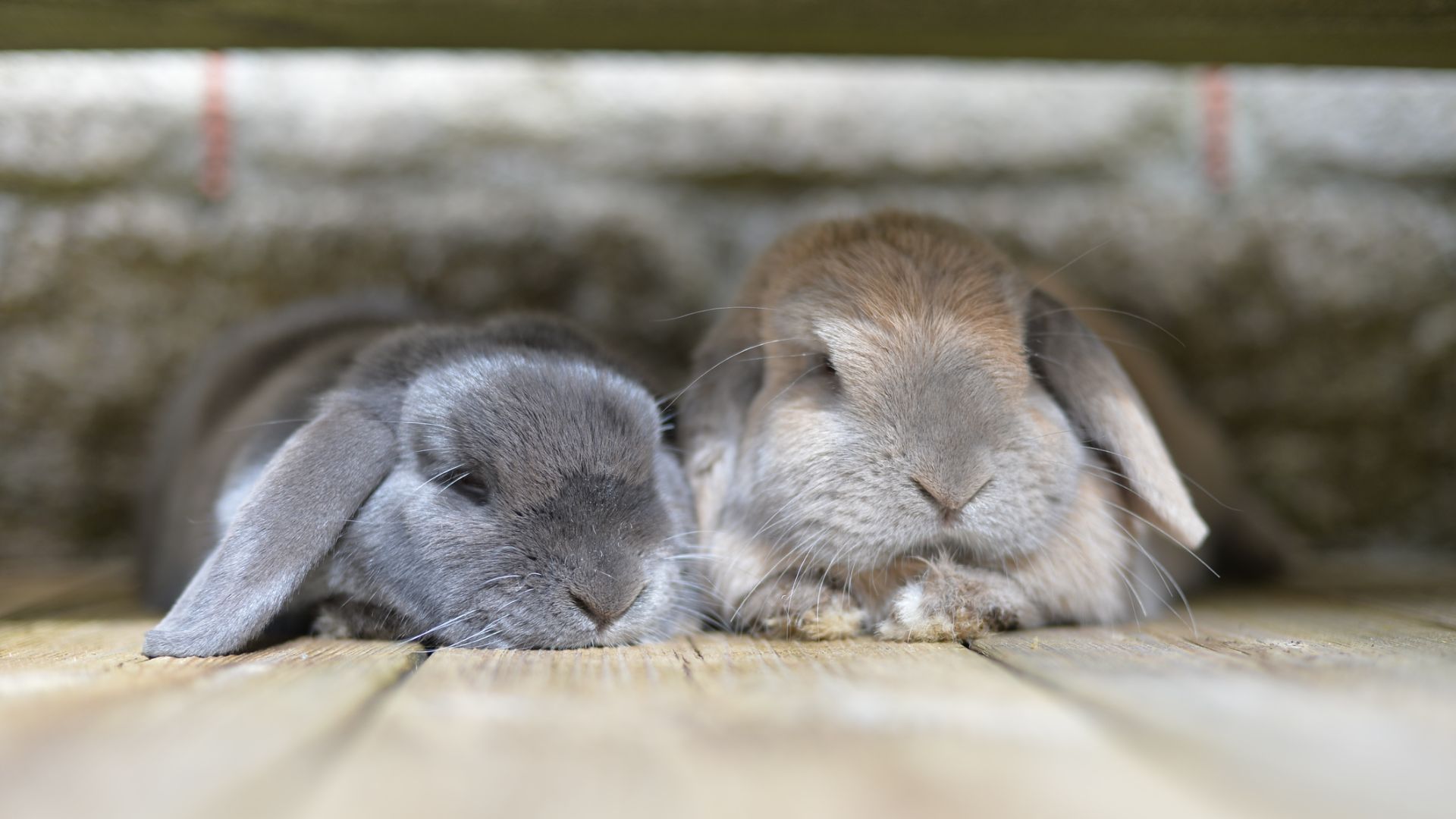
Rabbits are unable to vomit. They have a strong cardiac sphincter (muscle) that sits at the top of the stomach, preventing them from vomiting. This means when your rabbit has an anesthetic for any reason, they should not be starved, as there is no risk that they will vomit when anaesthetized (unlike cats, dogs and humans). It also means that if your rabbit eats something dangerous, such as a foreign object, or something poisonous then they cannot be made to vomit. In these situations, you must always contact your vet for advice straight away.
24. Rabbits are strict herbivores
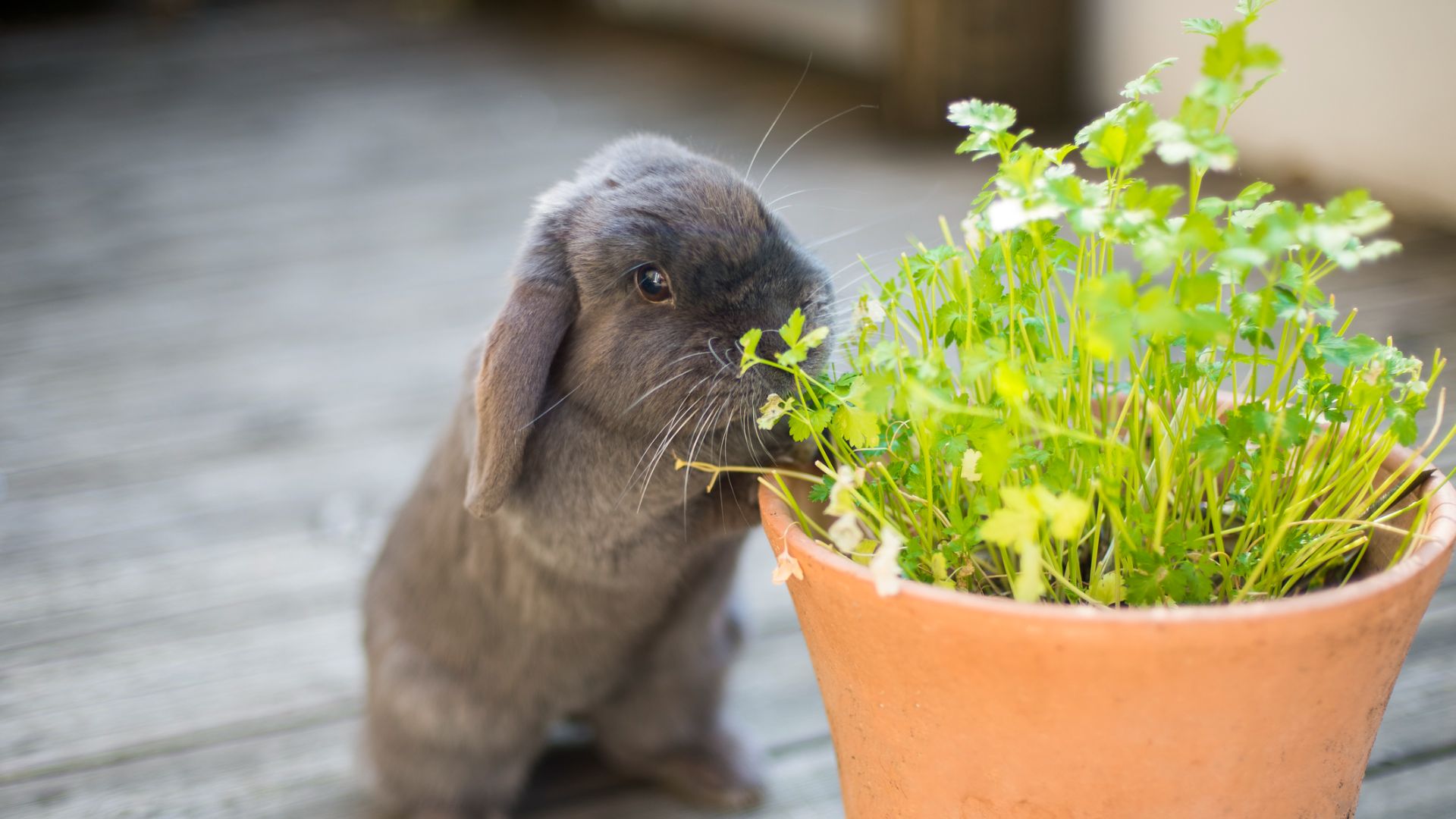
Rabbits do not eat meat of any kind; they are strict herbivores but do eat a variety of different plants. Never offer your rabbit meat of any variety. Their digestive system is not adapted to digest meat and offering this to them, which they may eat, can make them very ill.
25. Rabbits prefer to forage for their food, rather than eat from a bowl
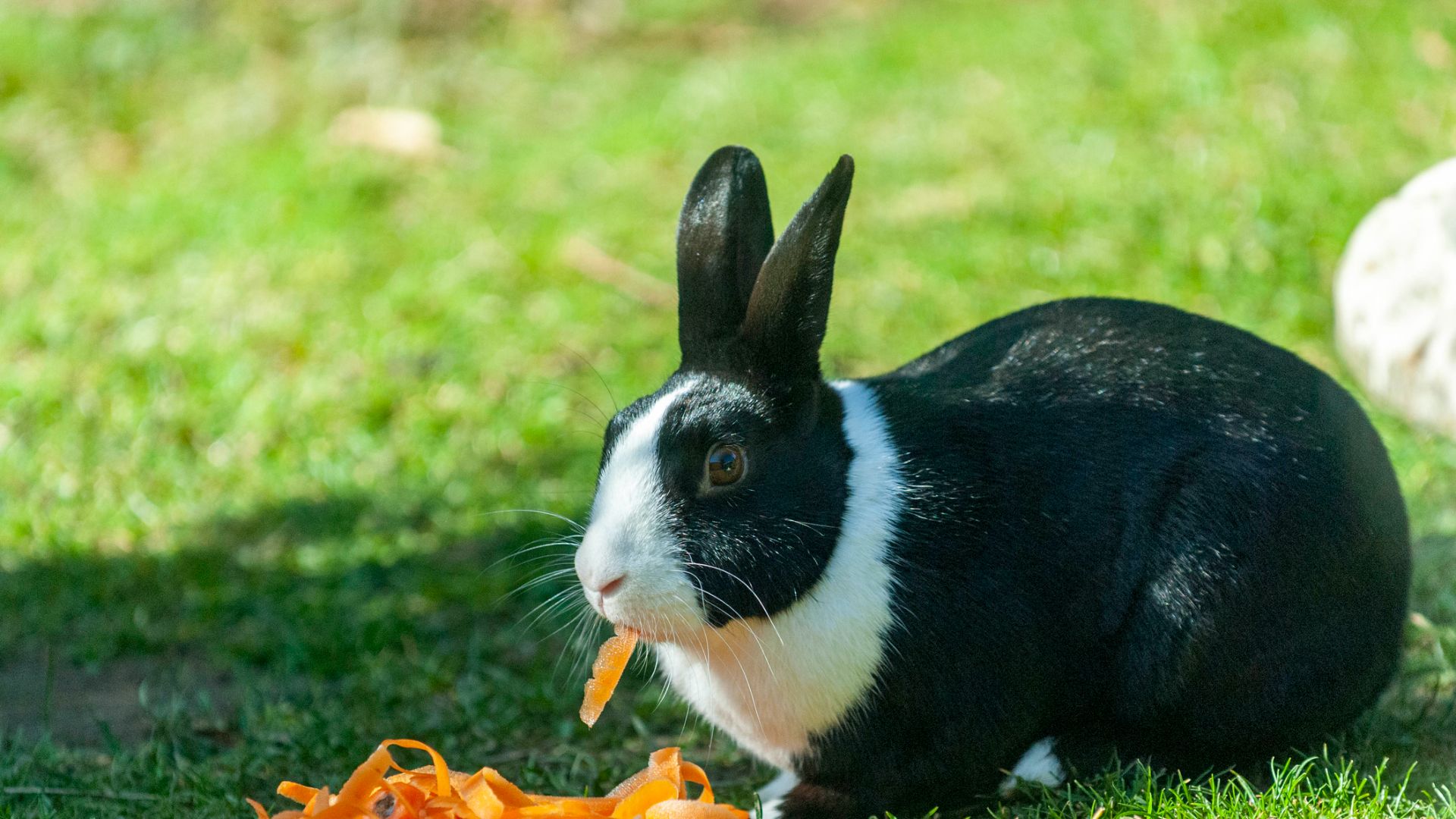
We often think that we should offer food to rabbits in a bowl as this is a lot cleaner, but rabbits are natural grazers and foragers, and as such like to eat off the floor, sniffing for food as they go. If we offer food in a bowl, this takes away the opportunity to forage, and means rabbits will eat their food a lot quicker and may choke on in. Instead of offering food in a bowl, scatter it around their area or in a pile of hay and let them sniff and dig out the food. This will provide them with enrichment and also means they are getting some exercise at the same time.
26. They like hiding places which have more than one entrance
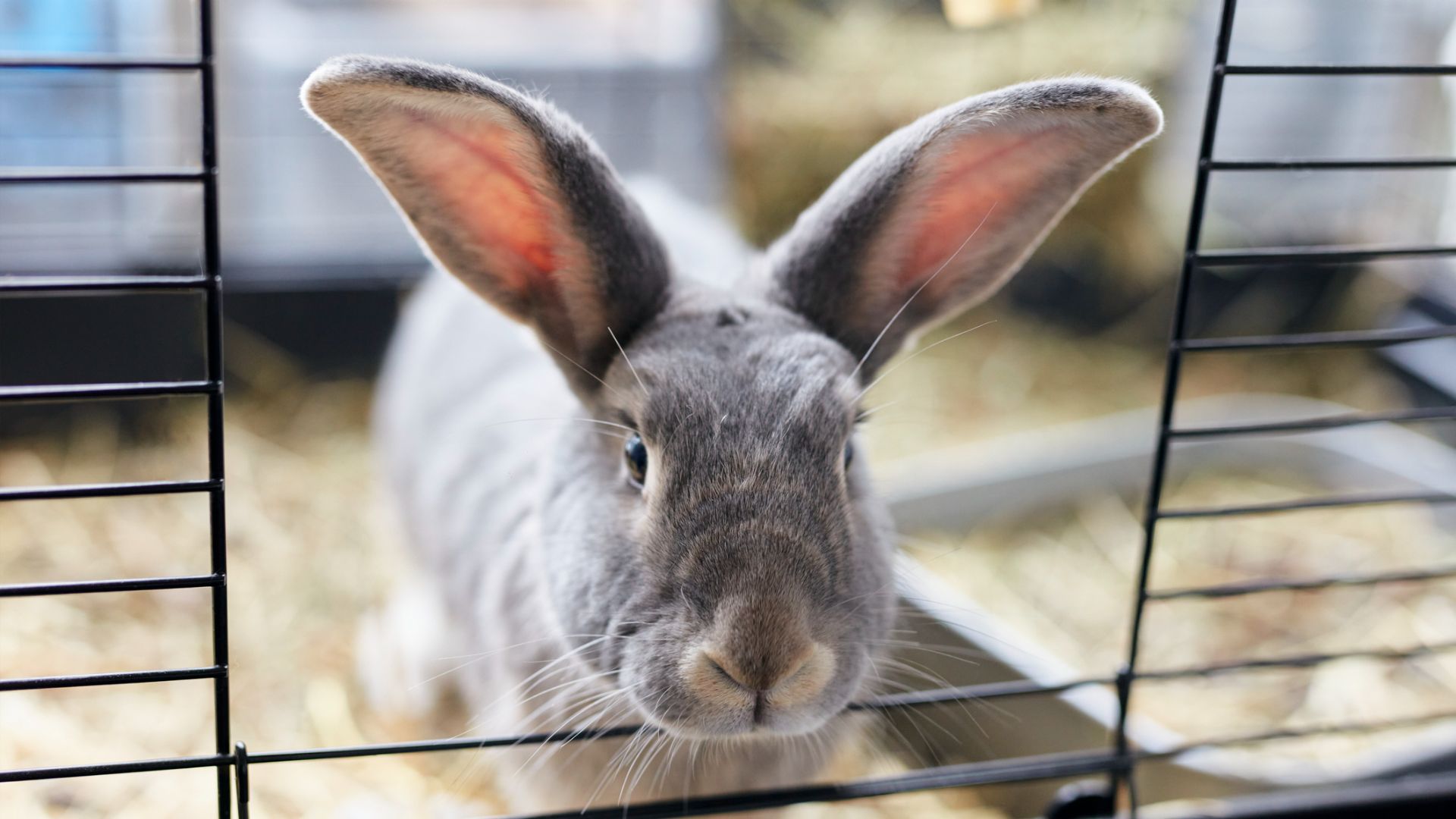
In the wild, rabbit warrens are vast, with many different chambers, entrances, and exists. Having more than one way to escape is a safety measure. If a predator comes into the warren, there is another way out for the rabbits, and pet rabbits feel the same way. Therefore, try to use boxes with more than one entrance/exit cut out, so your rabbits feel safe and can rest inside them.
27. Rabbits can cause serious injury to another rabbit if they haven’t been bonded properly

As a social species, rabbits need the company of at least one other rabbit, with both rabbits being neutered, but you cannot just put two rabbits in together and expect them to live happily. Rabbits are territorial animals and will defend their territory from another rabbit, often with serious and potentially fatal fighting. Bonding rabbits takes time and patience. If you are unsure how to undertake bonding, The Rabbit Welfare Association and Fund (UK) or House Rabbit Society (US) have advice.
28. They use scent glands under their chin to claim objects as theirs
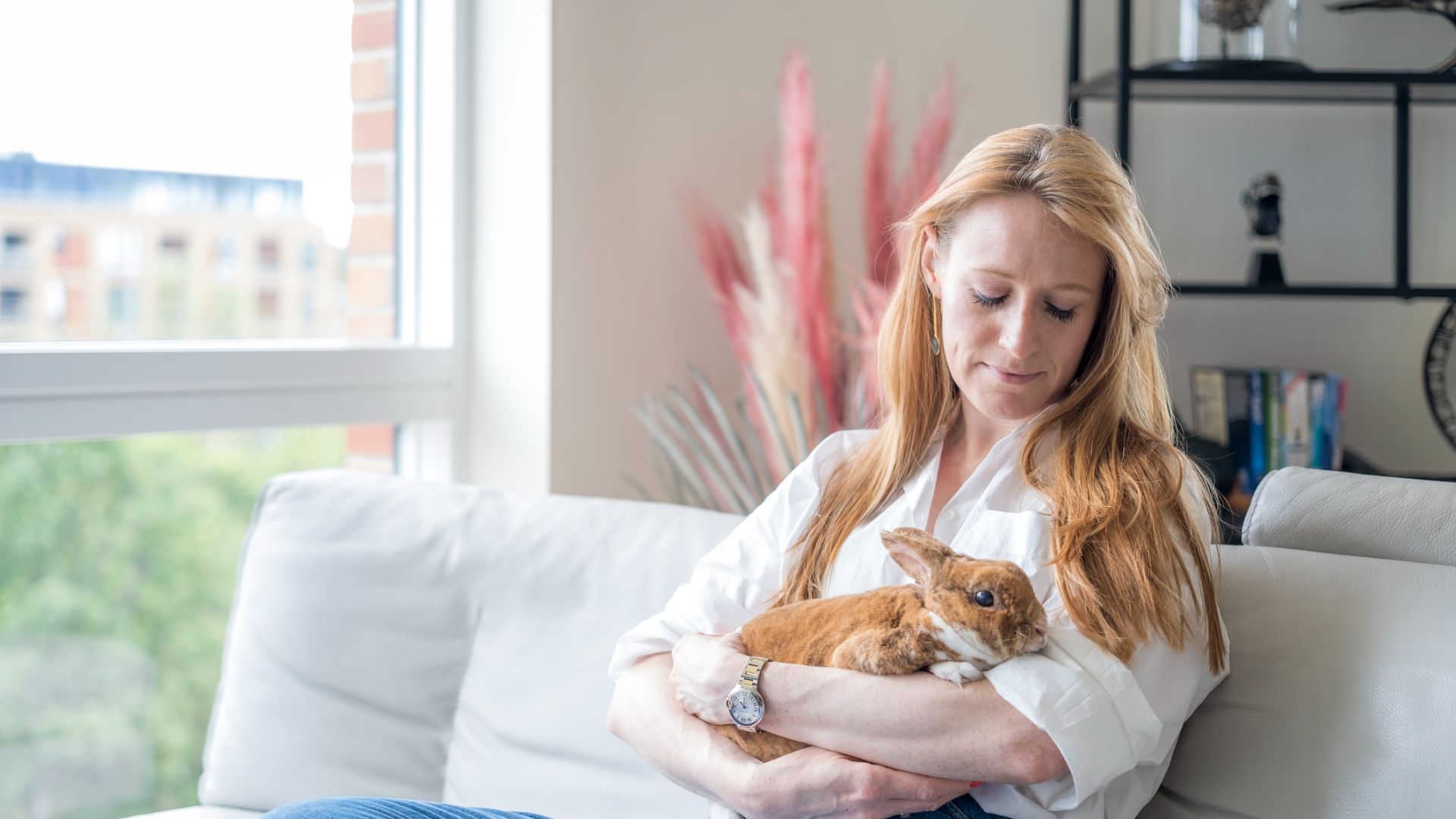
There is a scent gland under the chin of both male and female rabbits, both neutered and those who are not, which they rub along items they wish to claim as their own. This leaves a scent that other rabbits can smell, but is odorless to humans and won’t damage your belongings. Often one rabbit will scent an item, and another rabbit will come along and scent over the top of it to mark as theirs! Rabbits will scent mark many different items, including chairs, bowls, beds, litter trays, table legs… pretty much anything! So, if you see your rabbits rubbing their chin on an item, it isn’t to stop an itch, but to scent the item.
29. Rabbits enjoy throwing around toys
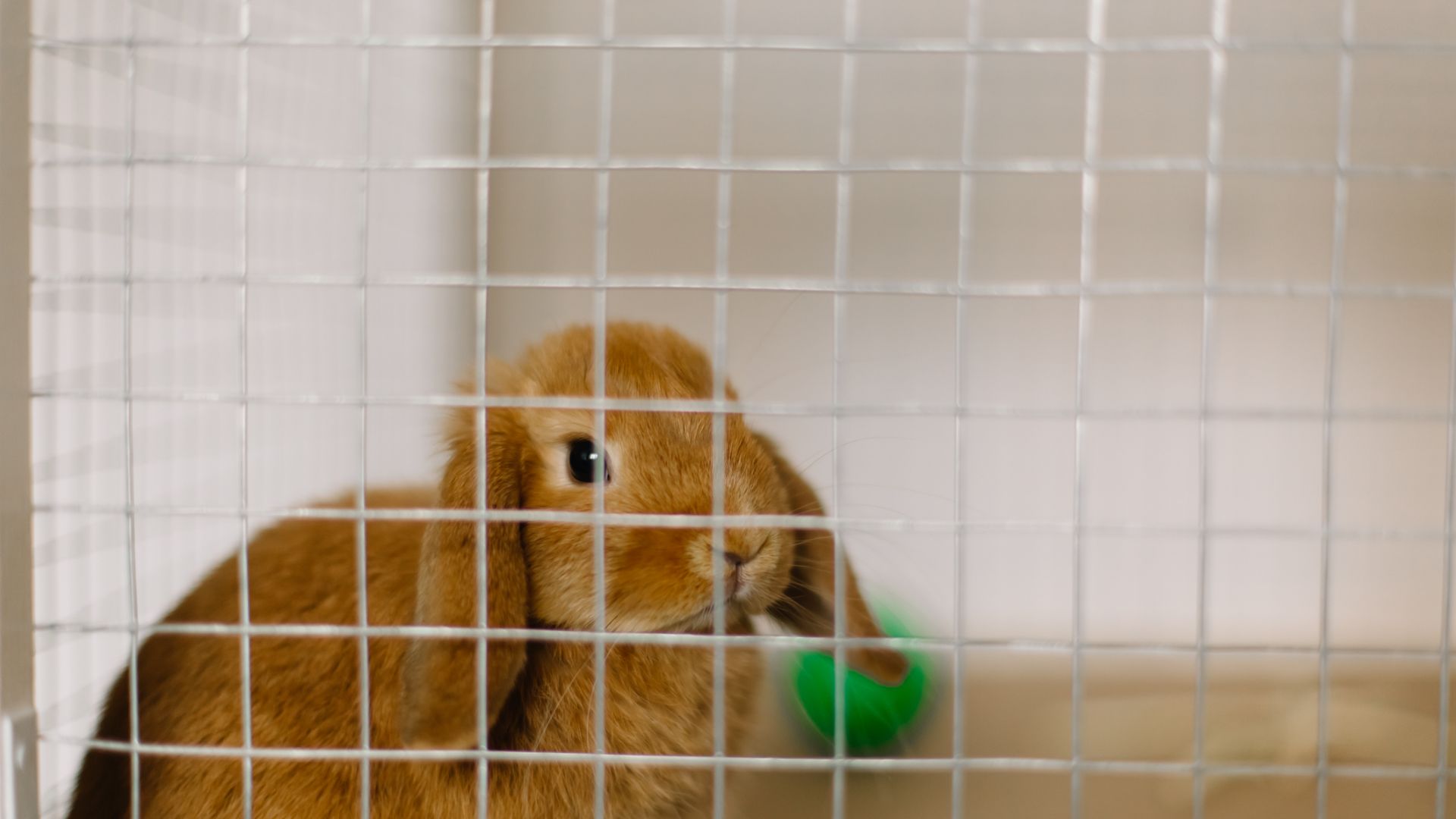
You may have noticed when you clean your rabbits out, they like to toss the dustpan and brush around or try to move their litter trays. Rabbits like to throw toys around and so providing your rabbits with safe toys, which they cannot chew through and digestive small parts of, gives them lots of enrichment.
30. You can microchip rabbits
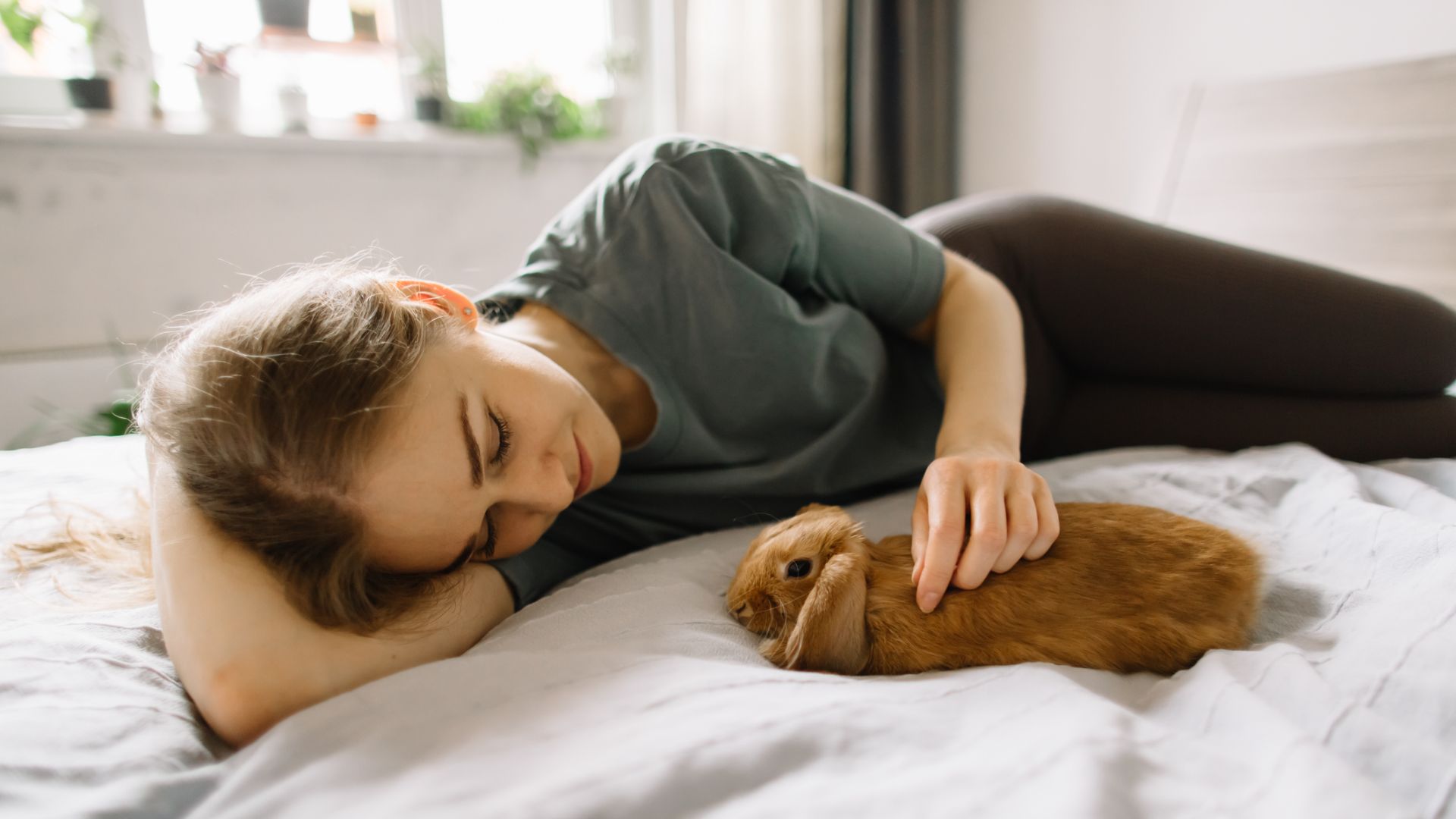
It is a wise idea to microchip your rabbits. Since many will live outside and it is possible for them to escape their enclosure and your garden, having your rabbits microchipped will help reunite them, if the worst should happen. A microchip is implanted into the loose skin at the back of the neck and can be done with the rabbit awake or may be undertaken when your rabbit is being neutered or under anesthetic for another reason. Your vet is the best person to discuss this with.
31. They're crepuscular
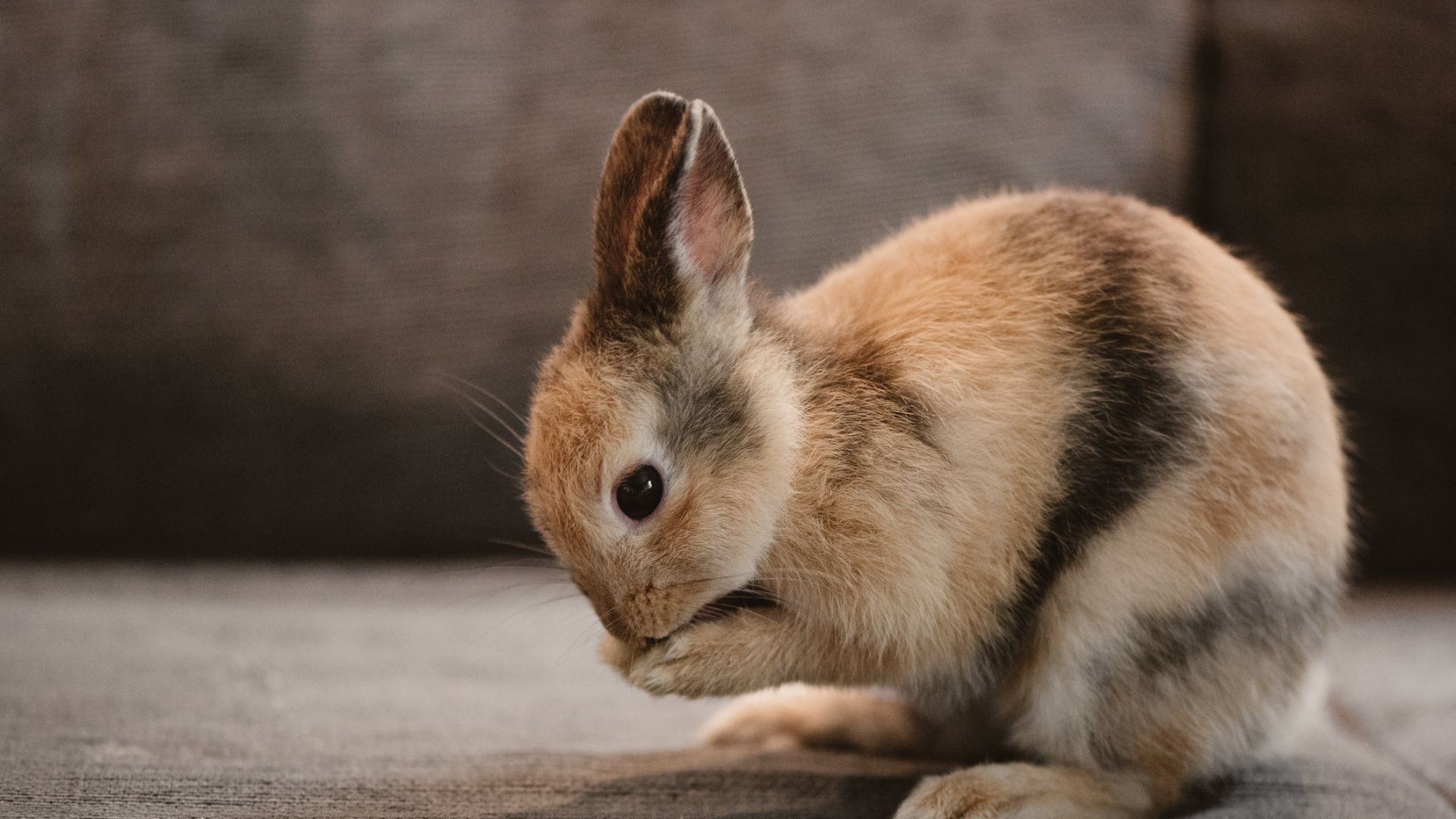
Rabbits are crepuscular, meaning that they are active during dawn and dusk and are less active during daylight and nighttime hours. This is another reason why it is so important for your rabbits to have access to a large enclosure 24 hours a day, rather than just when it is convenient for their owner to let them out. If they have a separate run and hutch, they will invariably spend their most active hours closed into a hutch, where they are unable to express normal behavior patterns, such as digging, foraging, binkying, chewing, and grazing.
32. Rabbits are prolific breeders
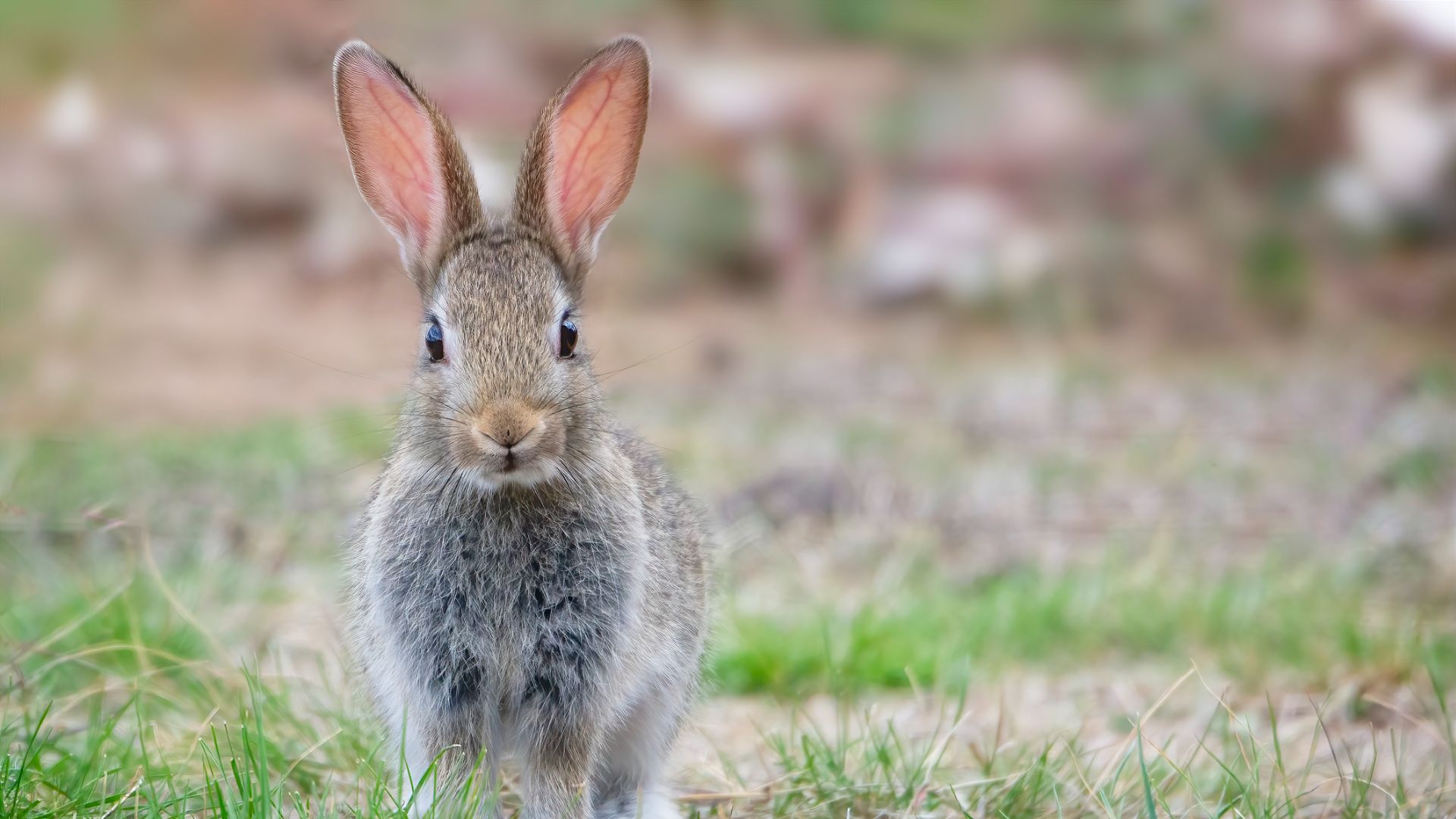
Rabbits are only pregnant for 28-31 days and often have litters of over five babies each time. They can become pregnant straight after giving birth, if there is an entire male rabbit in the enclosure, so it is easy to see how numbers can get out of hand quickly. Always neuter your rabbits, so they can not breed and if you are unsure what sex your rabbits are, take them to your vet to be sexed correctly.







